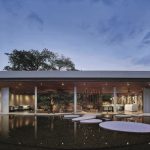When it comes to FuFu, though it is niche, seasoned hotel enthusiasts are well aware of it.
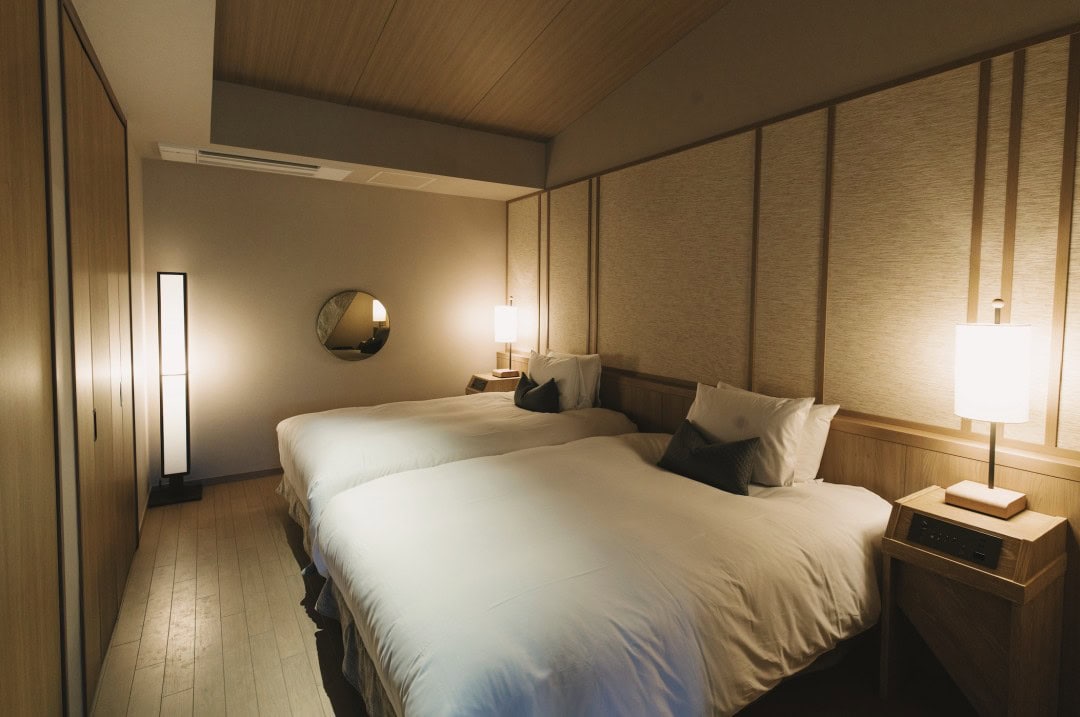
From the opening of Hakone Suishoen in 2007 to the latest opening of Hakone Gora FuFu in 2022, it has taken 16 years to open only 8 hotels in total. The six FuFu hotels are located in Atami, Kawaguchi Lake, Nikko, Kyoto, Nara, and Hakone, along with Atami Kaihourou and Hakone Suishoen.
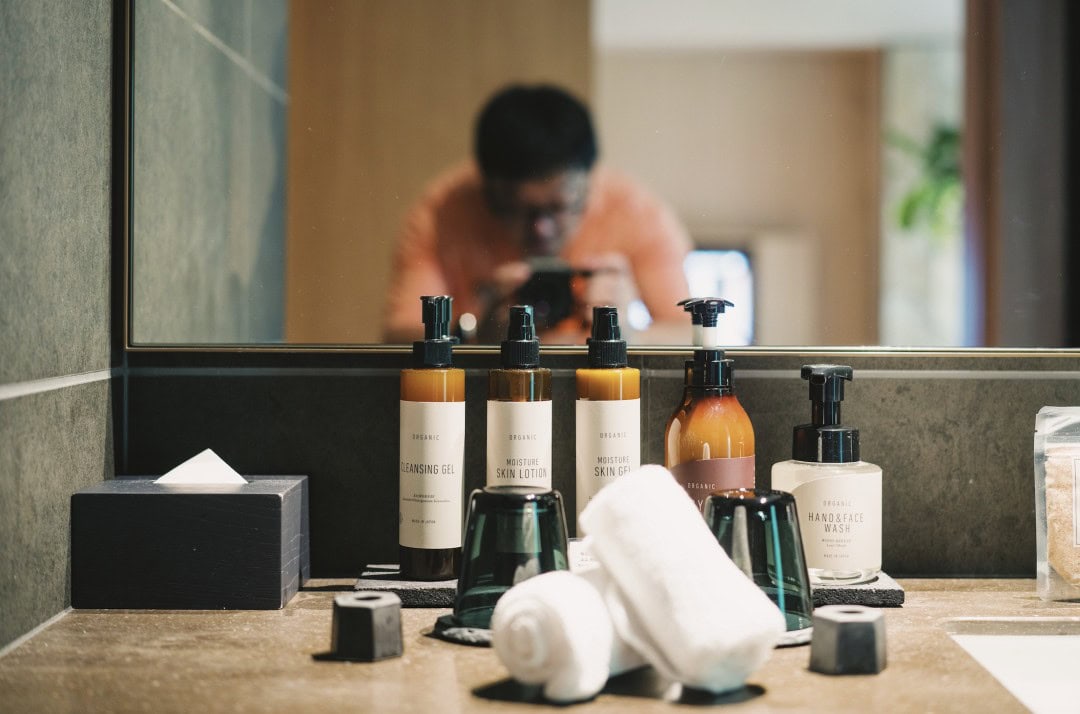
This pace of expansion is quite slow in the hotel industry, but it is precisely this slow pace that ensures each FuFu hotel is a boutique.
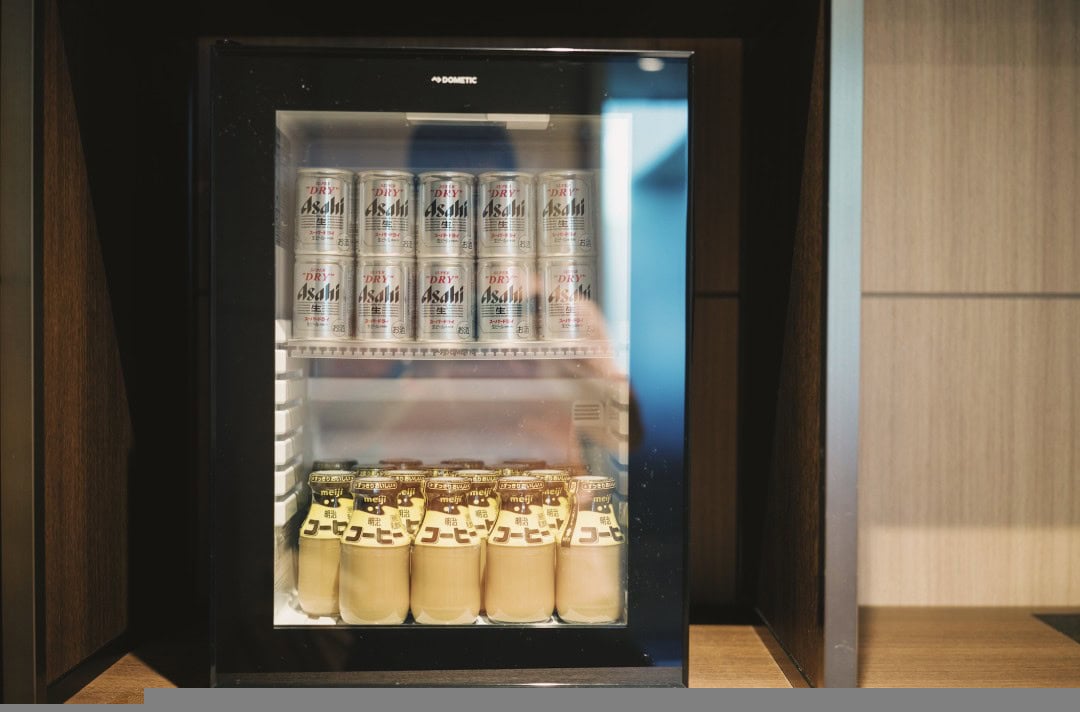
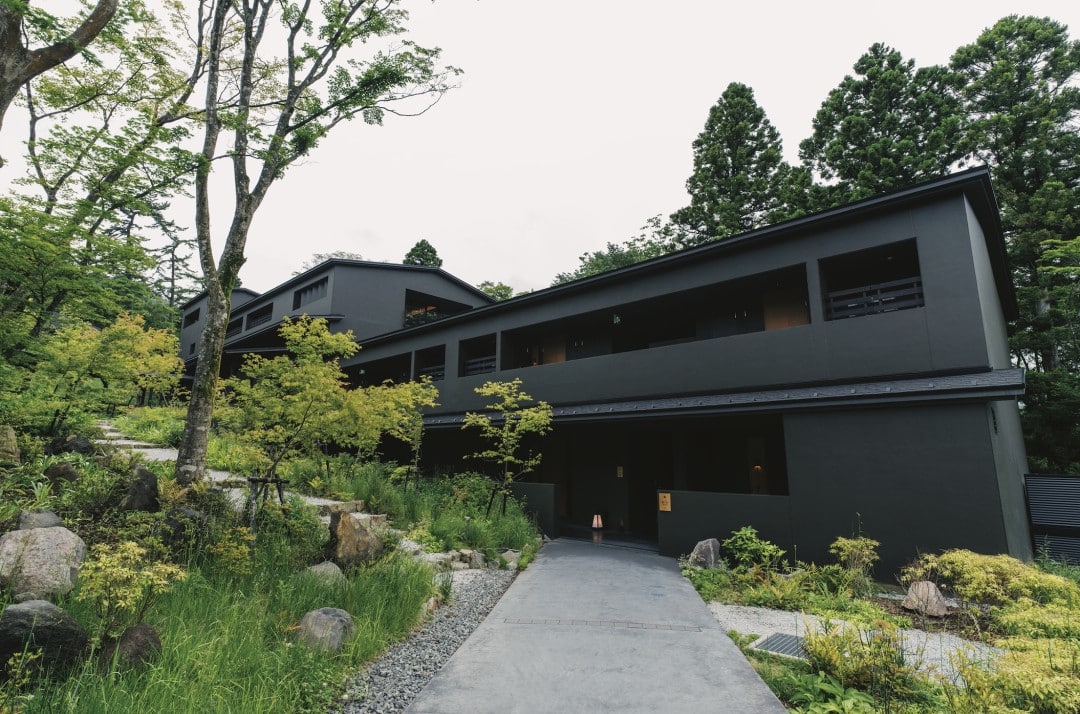
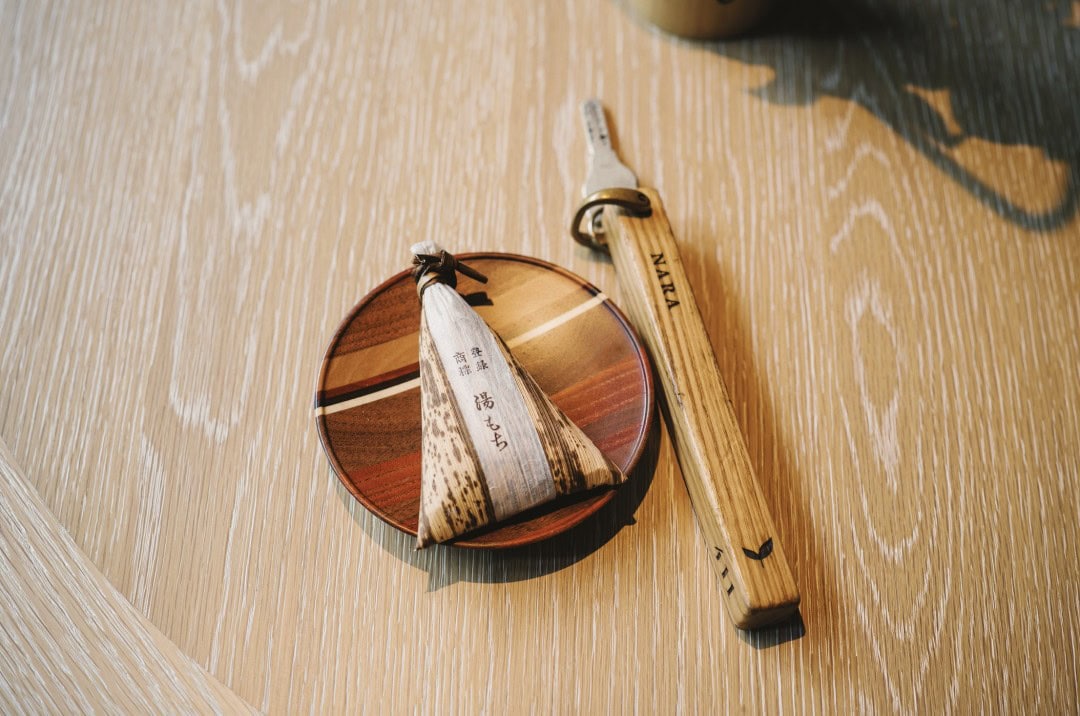
Back in the Double 11 shopping festival in 2021, I sold FuFu once. The price was 2299 yuan for a bare room per night, or 3669 yuan for a half-board stay, and the deal covered both Kyoto and Hakone.
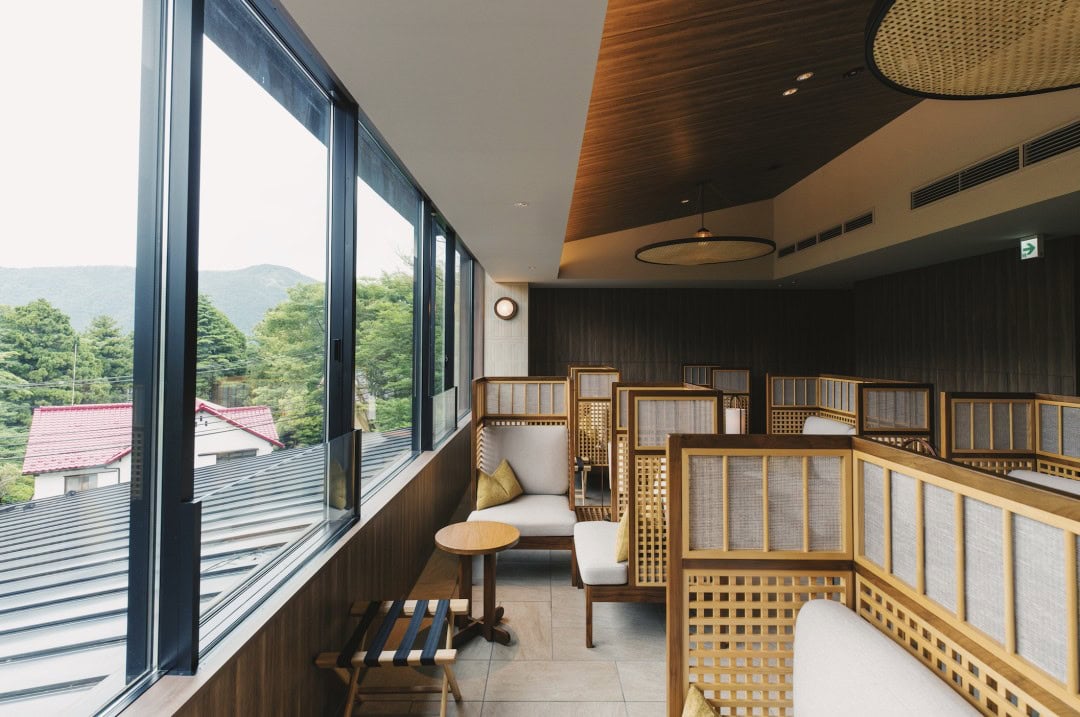
Go for it!!! It’s now available!!! It’s FuFu (FU)(FU)!
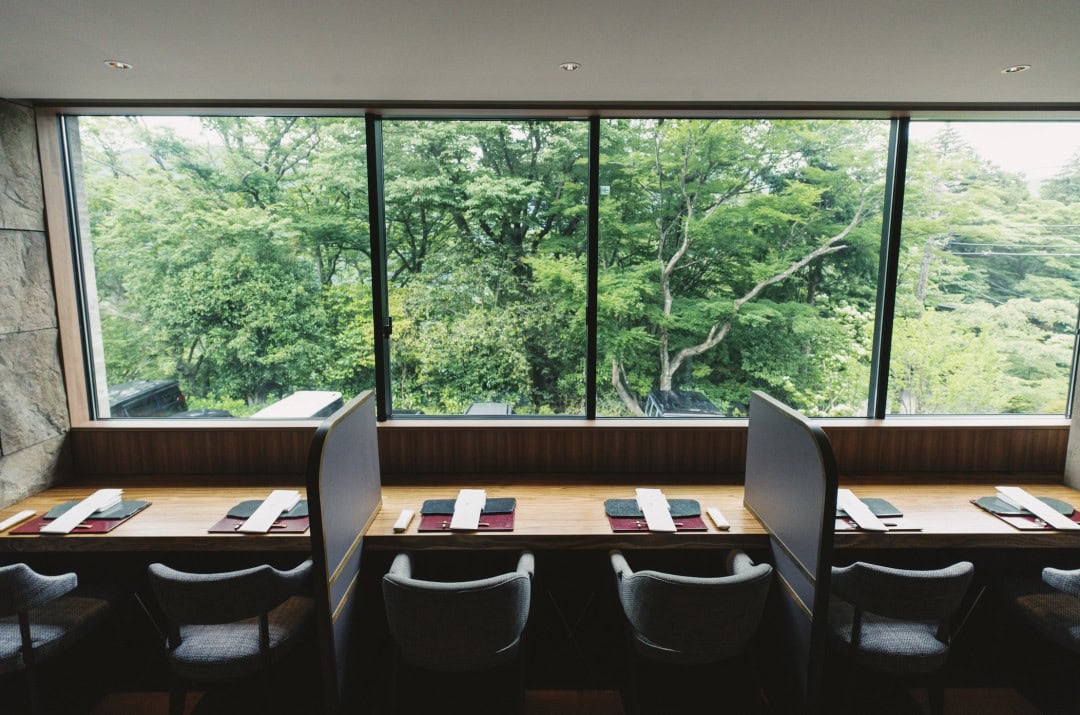
There are actually ways to book it at these prices, and I will share the methodology at the end of the article.
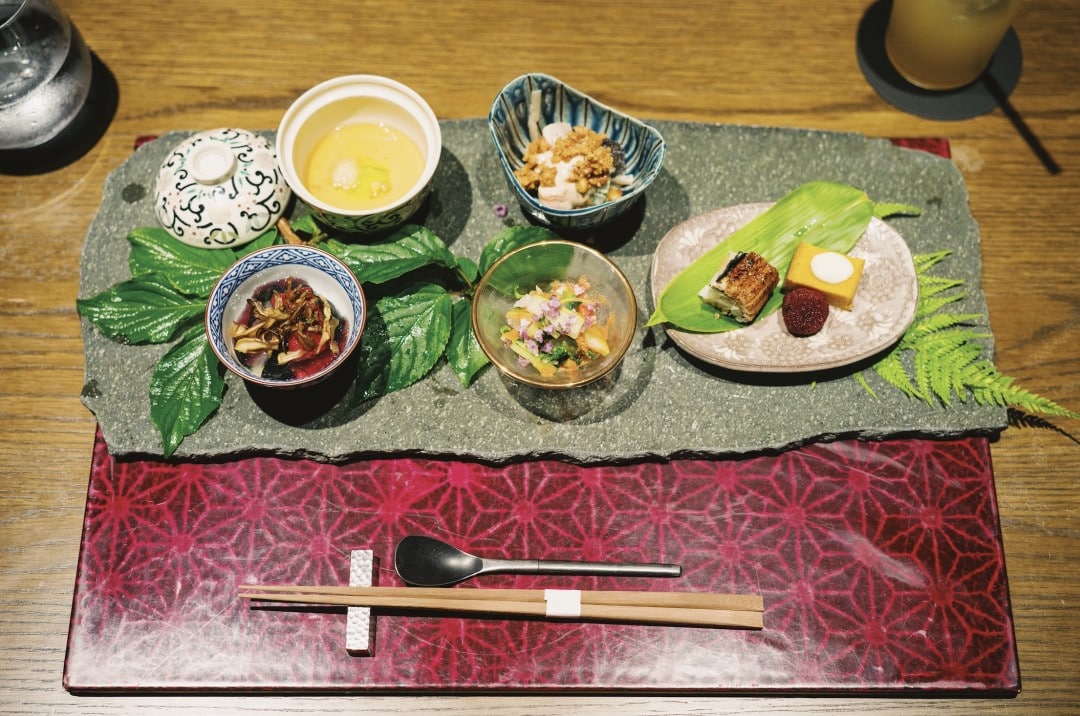
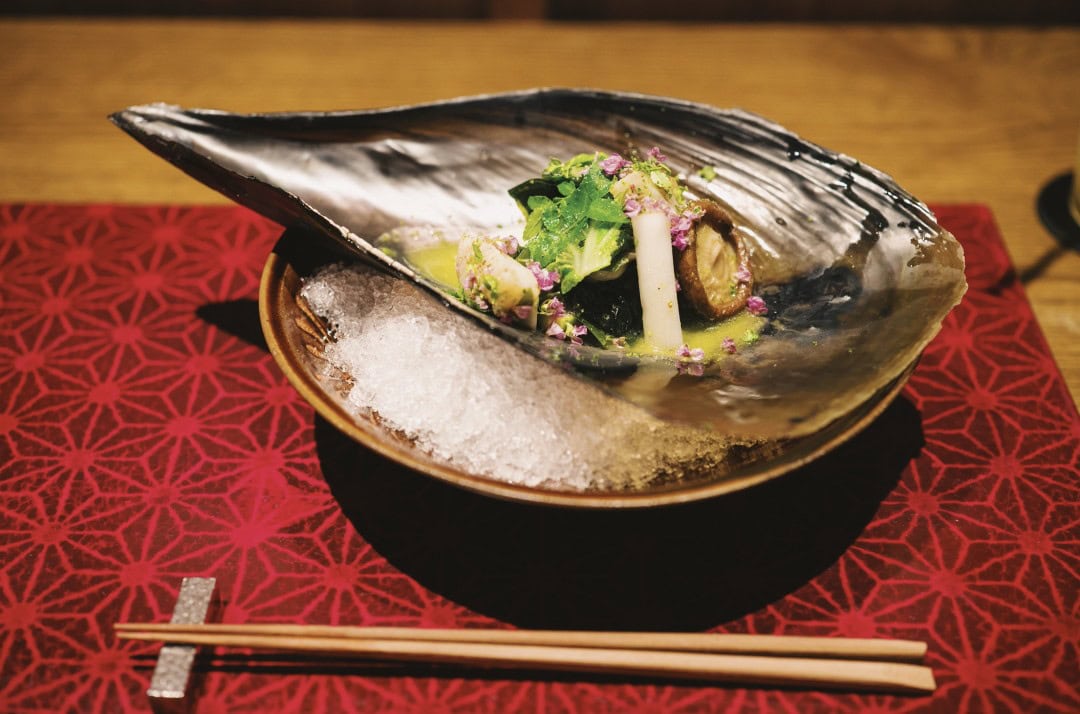

Personally, I consider FuFu a “modern Japanese” luxury inn.
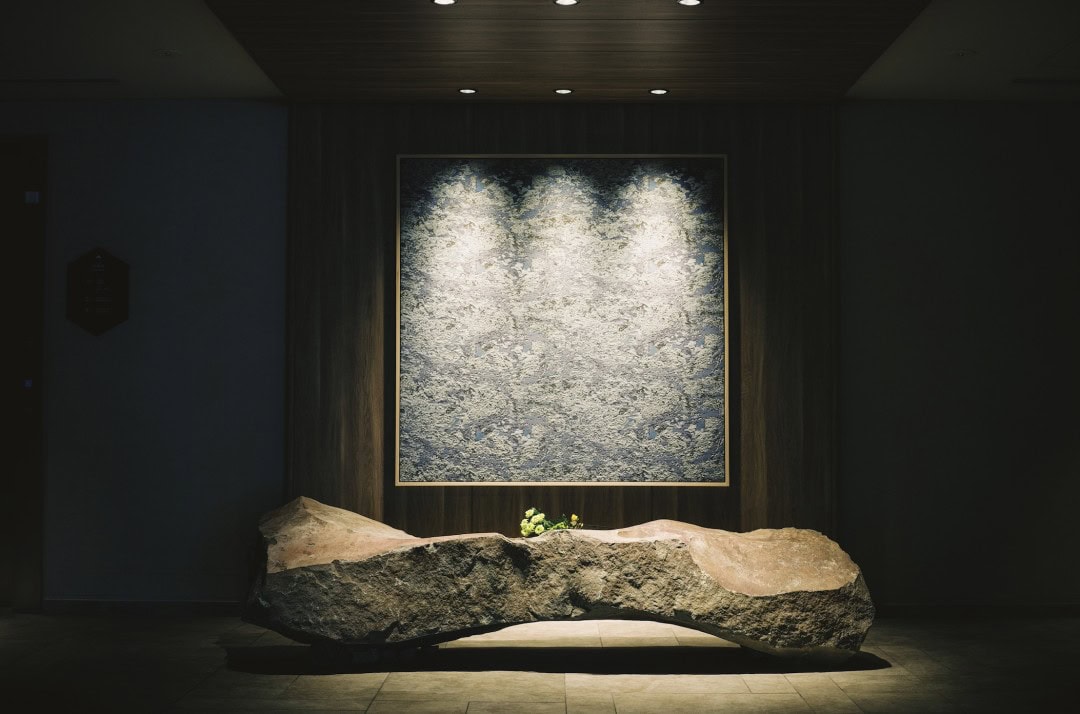
Why “modern”, you ask? Because having stayed in many traditional Japanese luxury inns, I have found a significant difference – traditional Japanese luxury inns often do not provide as good an experience.
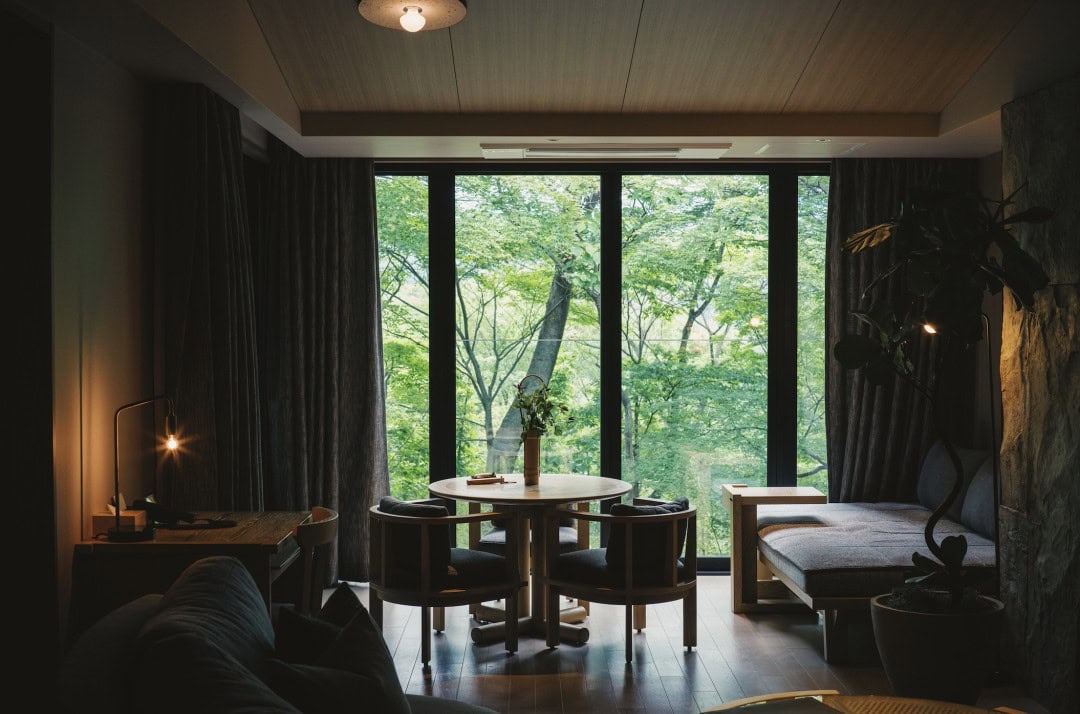
For example, while tatami mats are very Japanese and traditional, they are not as comfortable to sleep on compared to beds.
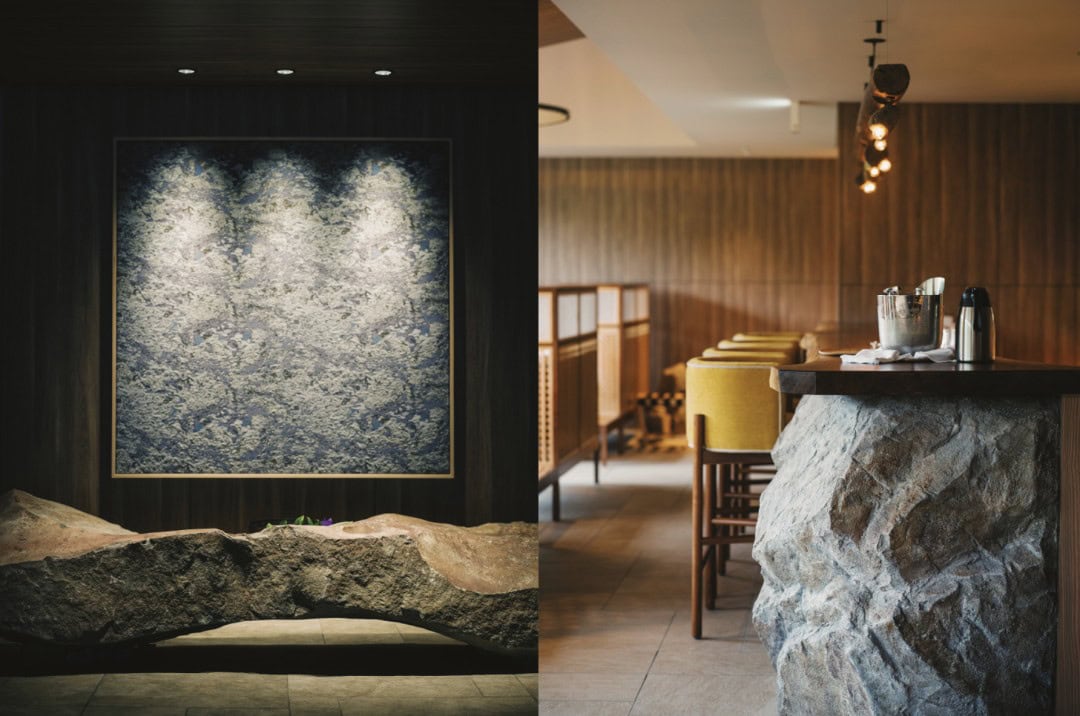
Another example is that upon entering the hotel, you must remove your shoes and switch to slippers, and wear slippers throughout the inn. When going out, you must borrow the inn’s wooden clogs, which I find hard to get used to.
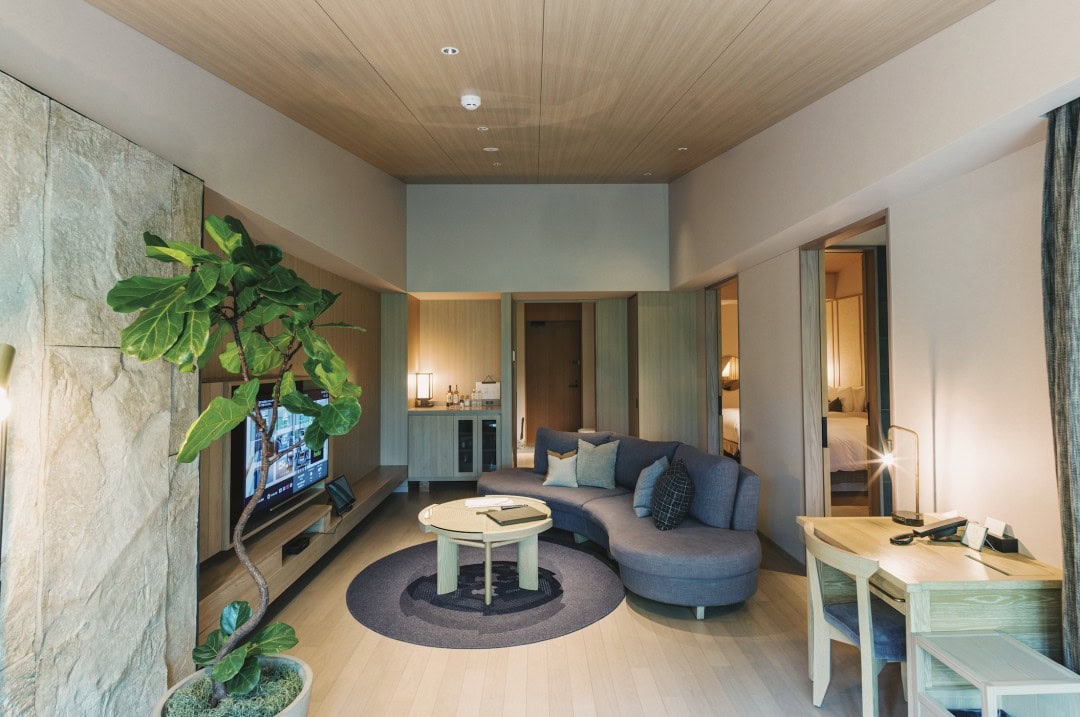
Many traditional Japanese inns are well-maintained, but the buildings themselves are often quite old, which can affect the overall staying experience to some extent.
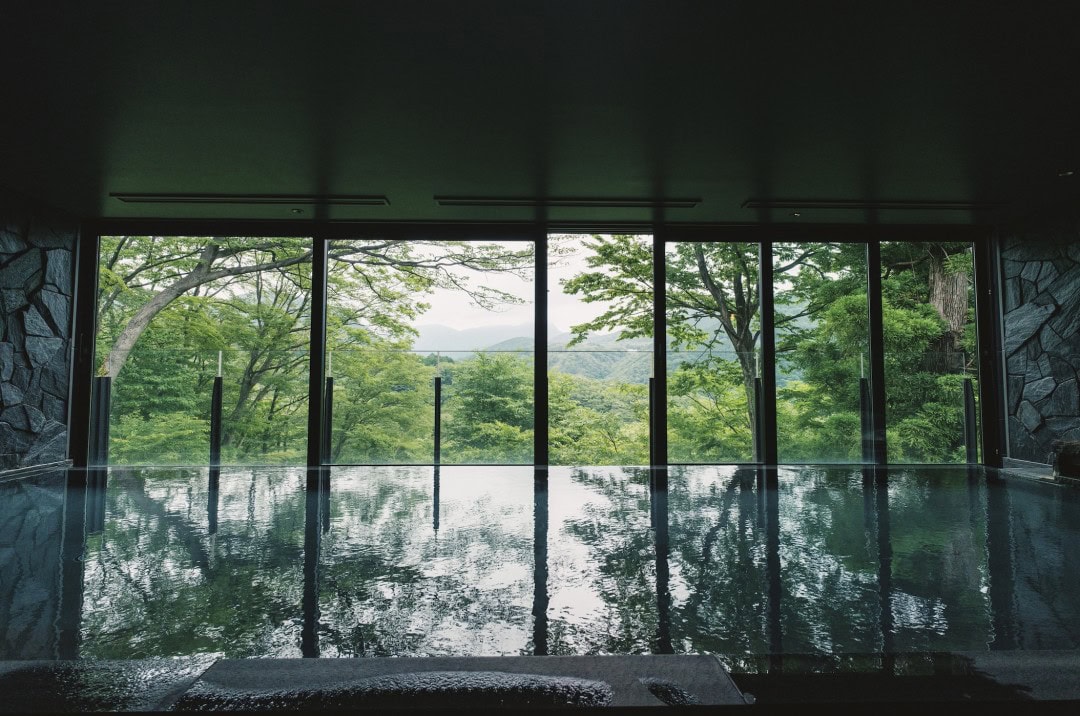
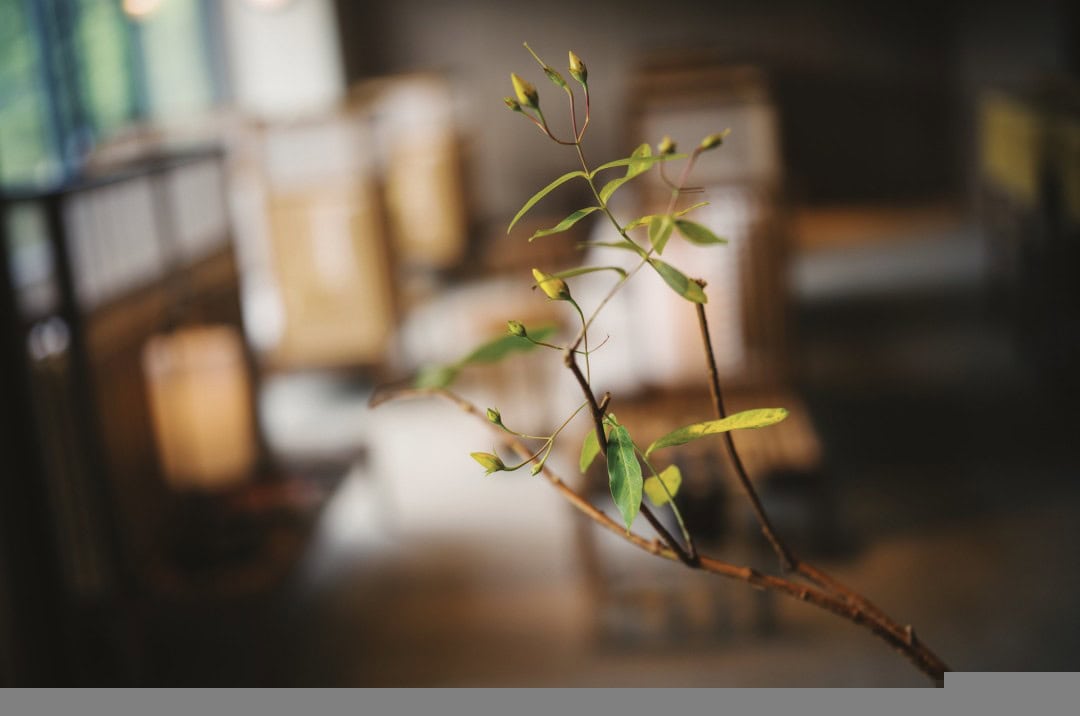
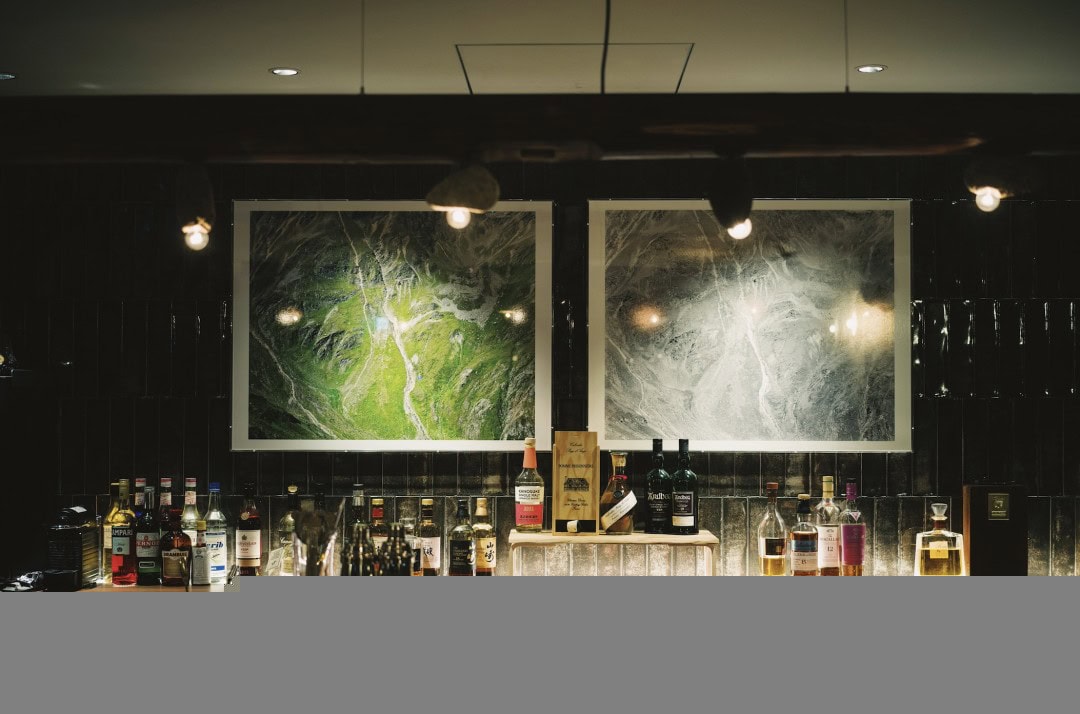
FuFu, however, does not have these issues.
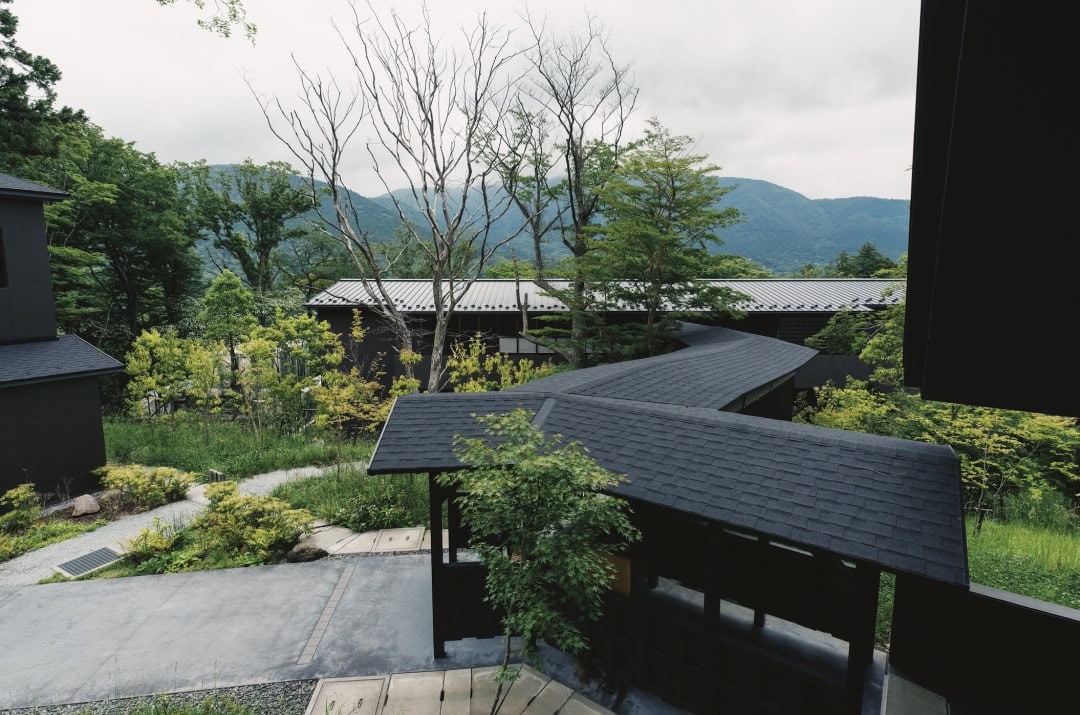
From the first glance, FuFu sets itself apart from other traditional Japanese inns. It combines the high standards of Japanese inns for hot springs with the comfort of modern hotels.
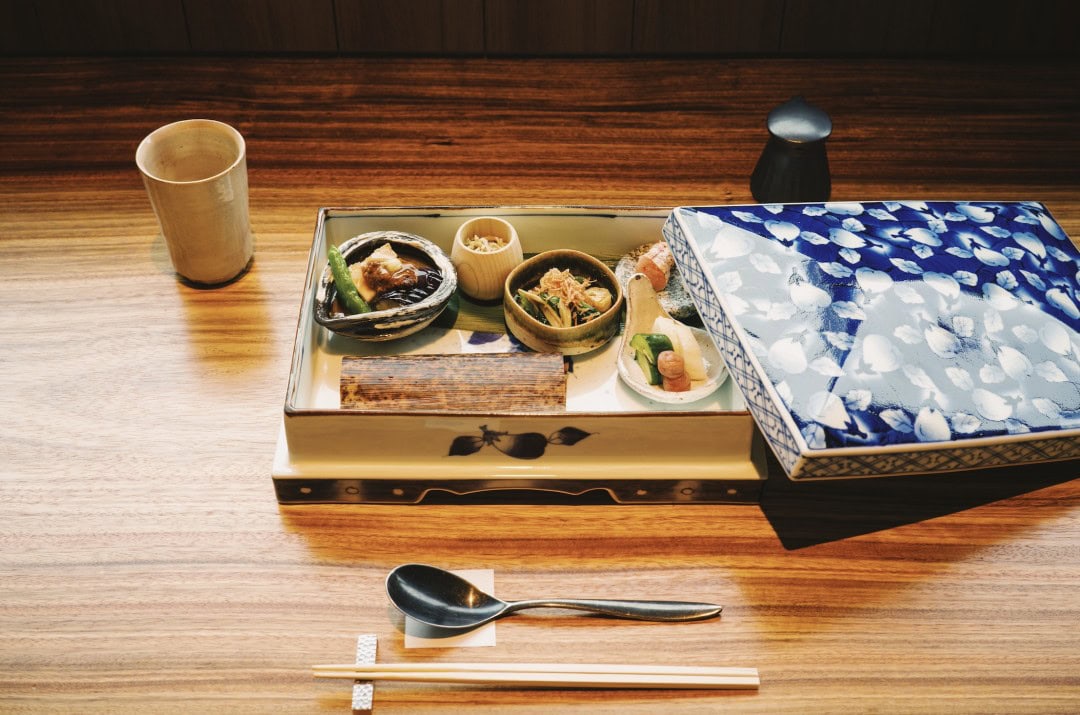
Private hot springs, exquisite cuisine, and customized services are all included.
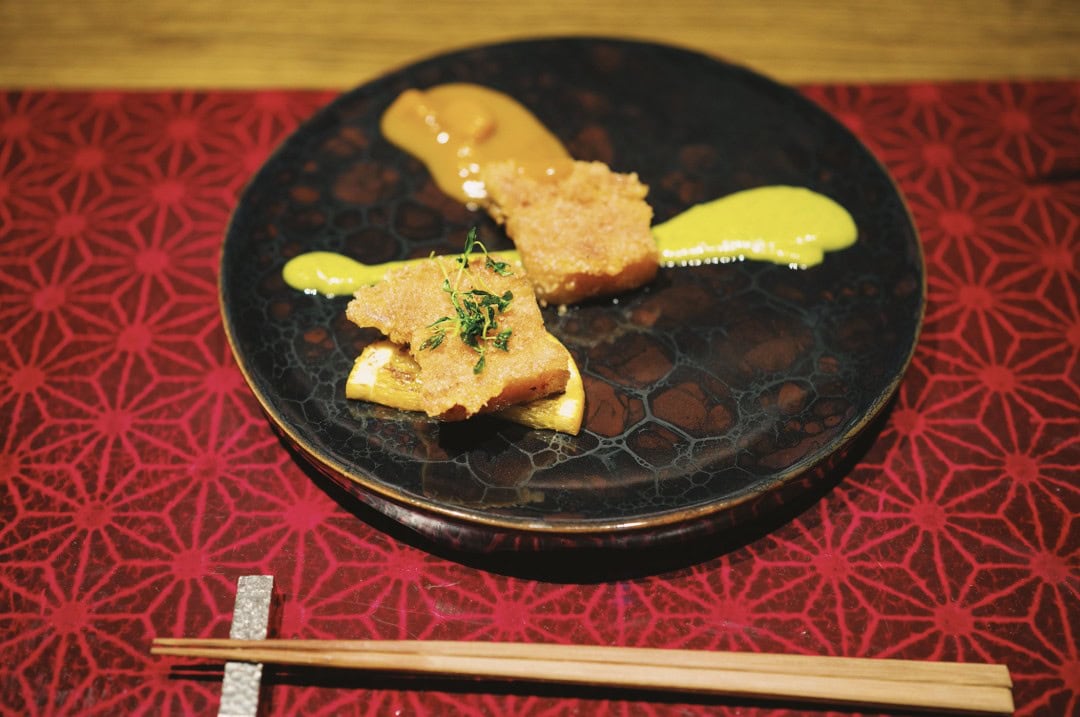
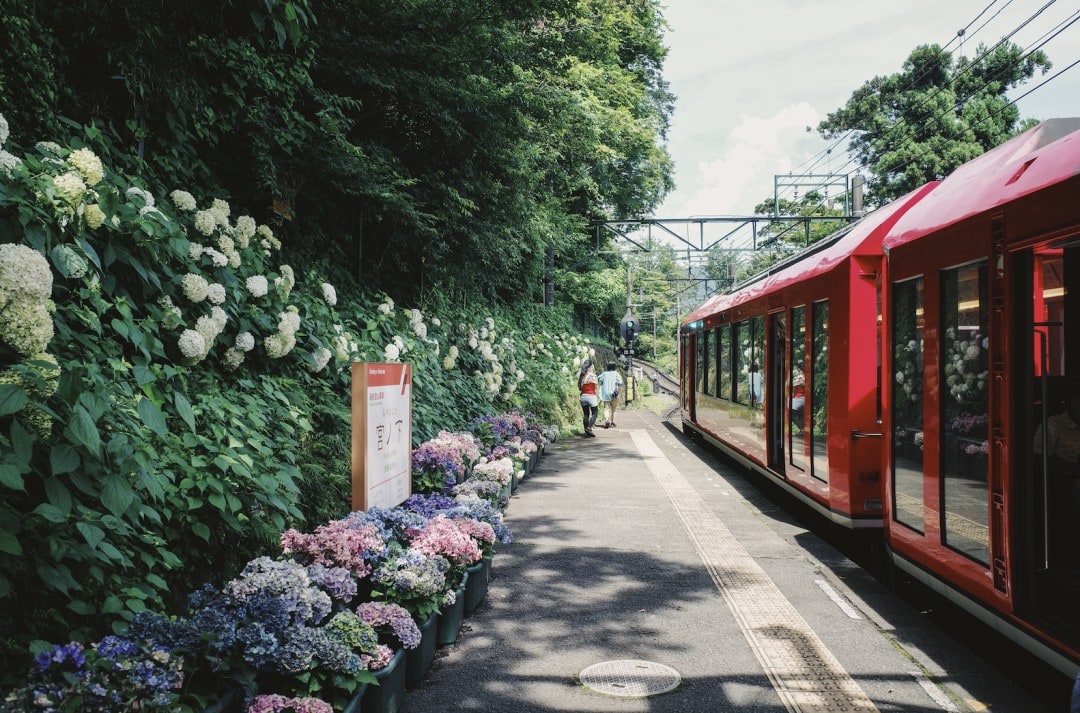
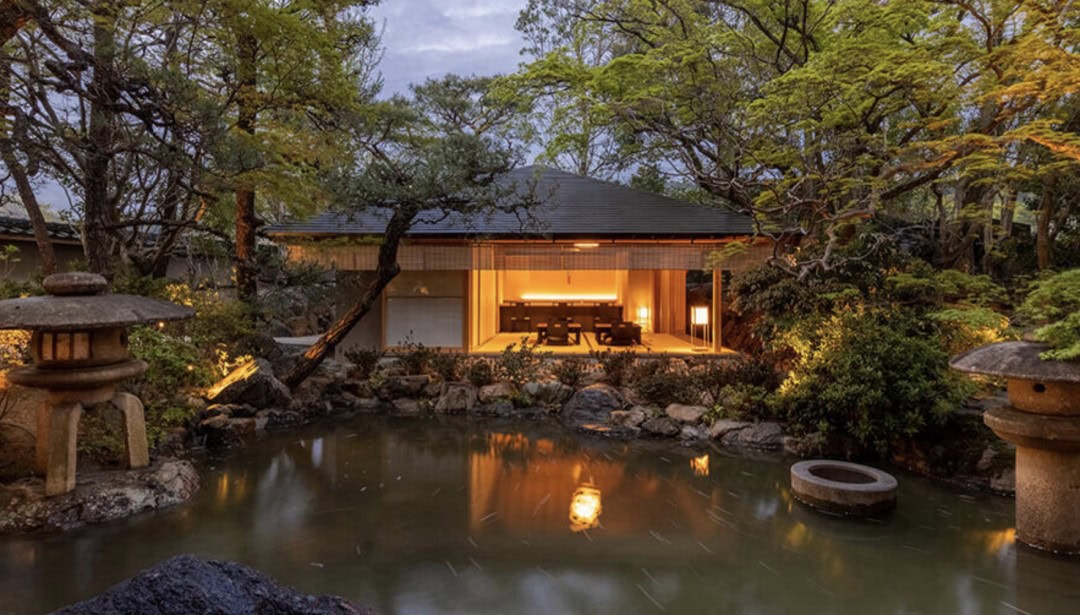
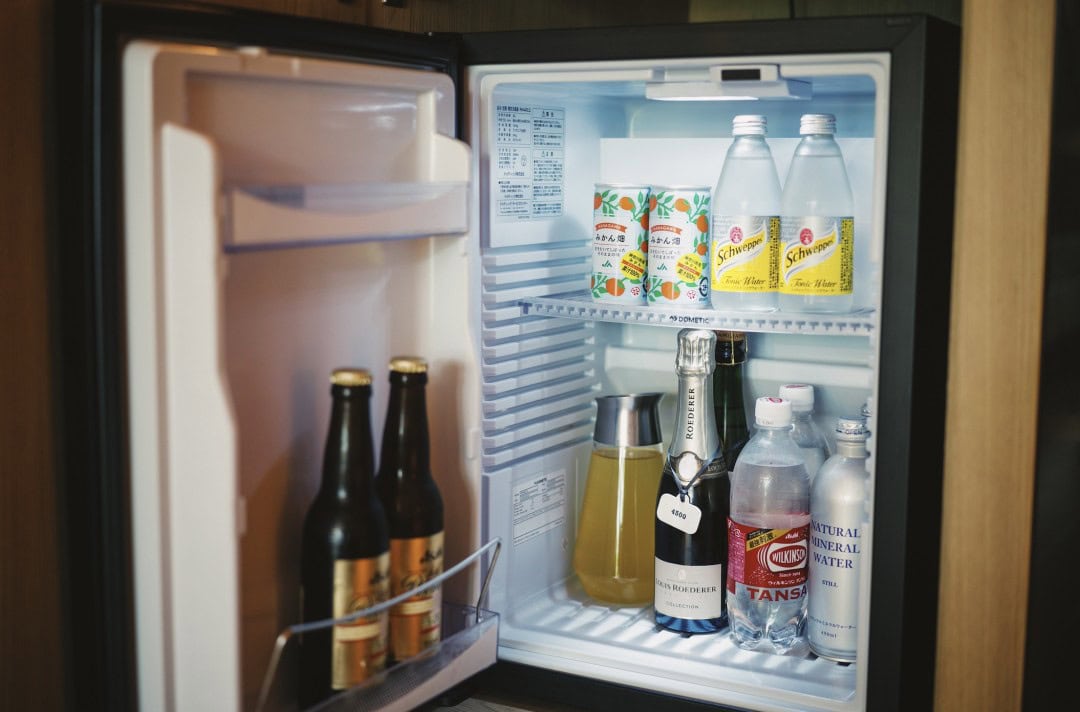
As this is the first FuFu hotel I am writing about, I may be a bit verbose; let me also explain the meaning behind the name FuFu.
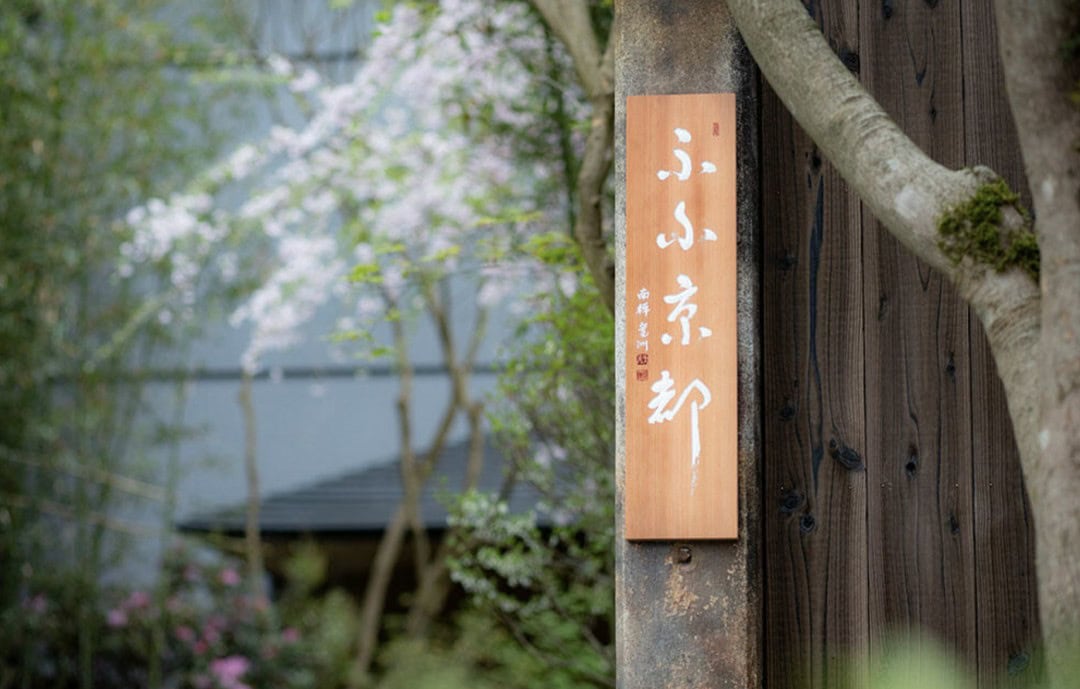
“FuFu” has two meanings: one “Fu” represents the joyful laughter of women, and the other “Fu” comes from the Japanese chess piece pawn, symbolizing gradual progress.
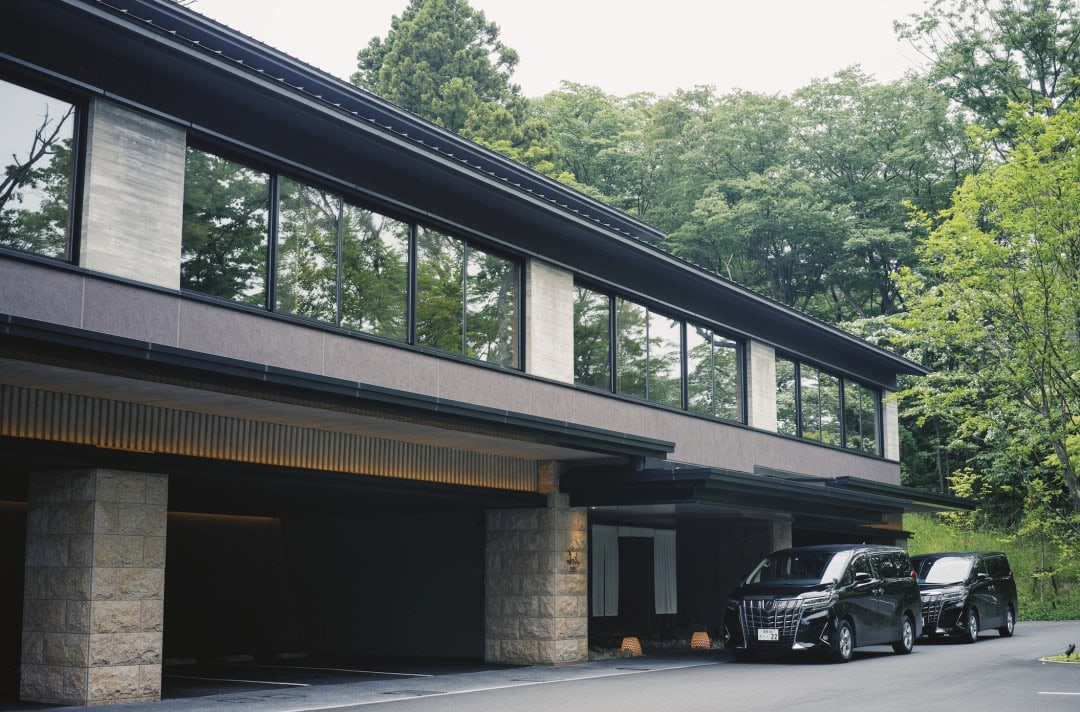
In Japanese, the numeral “2” is also pronounced as “Fu”, so the license plates of FuFu’s vehicles all end in 22. The Hakone hotel offers drop-offs from Gora Station, so when you see a license plate ending in 22, you know it’s the FuFu car picking you up.
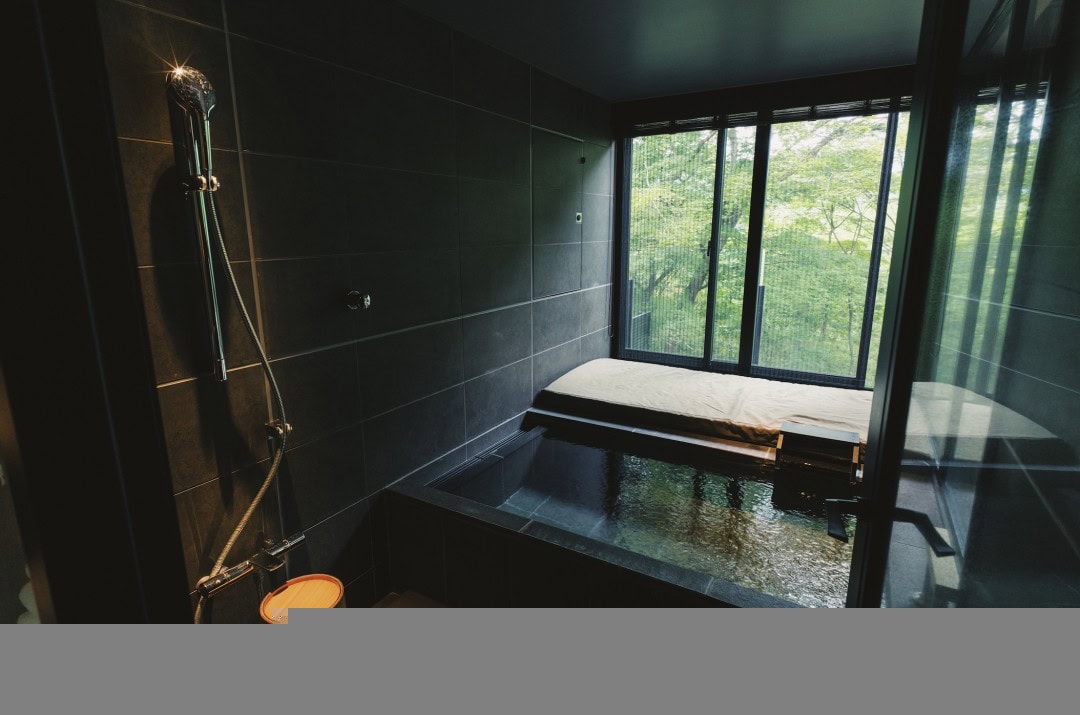

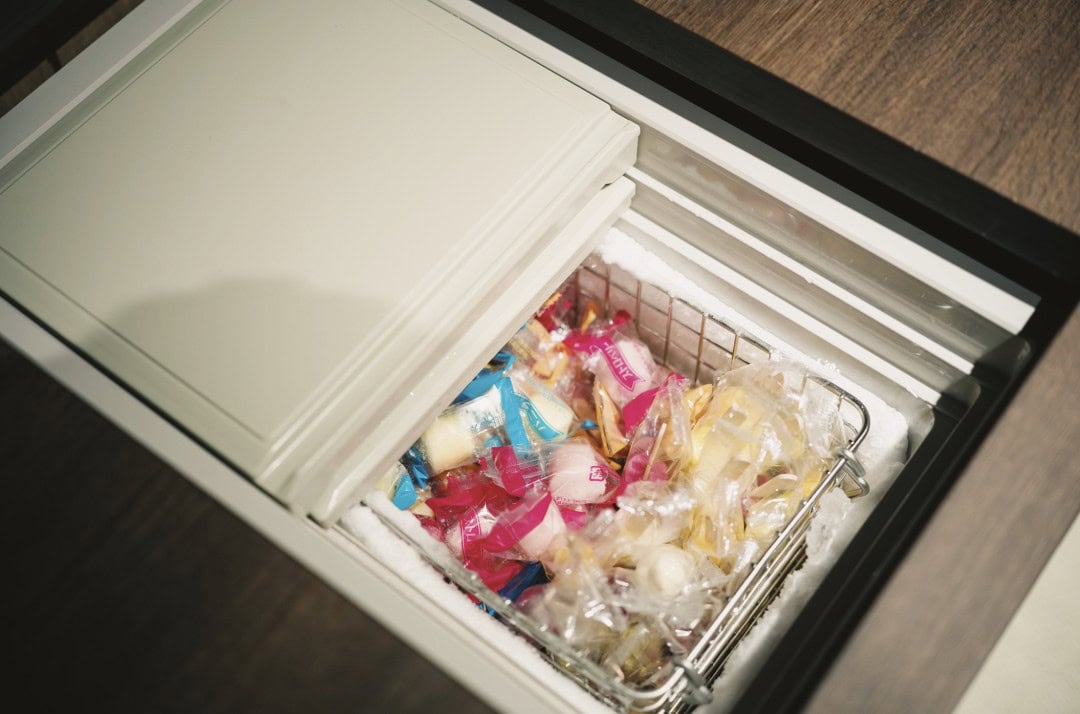
Hakone FuFu has just 39 rooms, which already makes it on the larger side within the FuFu brand. The largest FuFu hotel, in Kyoto, has only 40 rooms. Most FuFu hotels have around 20+ rooms.
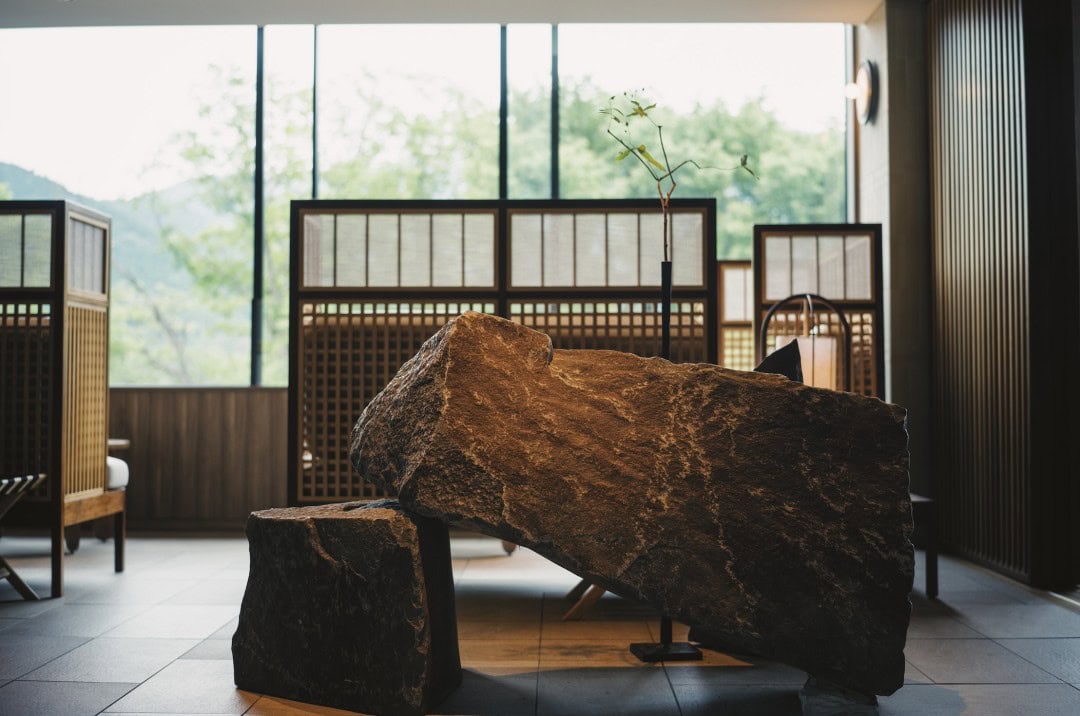
All the rooms at Hakone Fukaku are suites, each equipped with a private hot spring bath, allowing guests to enjoy the onsen experience without leaving their rooms.
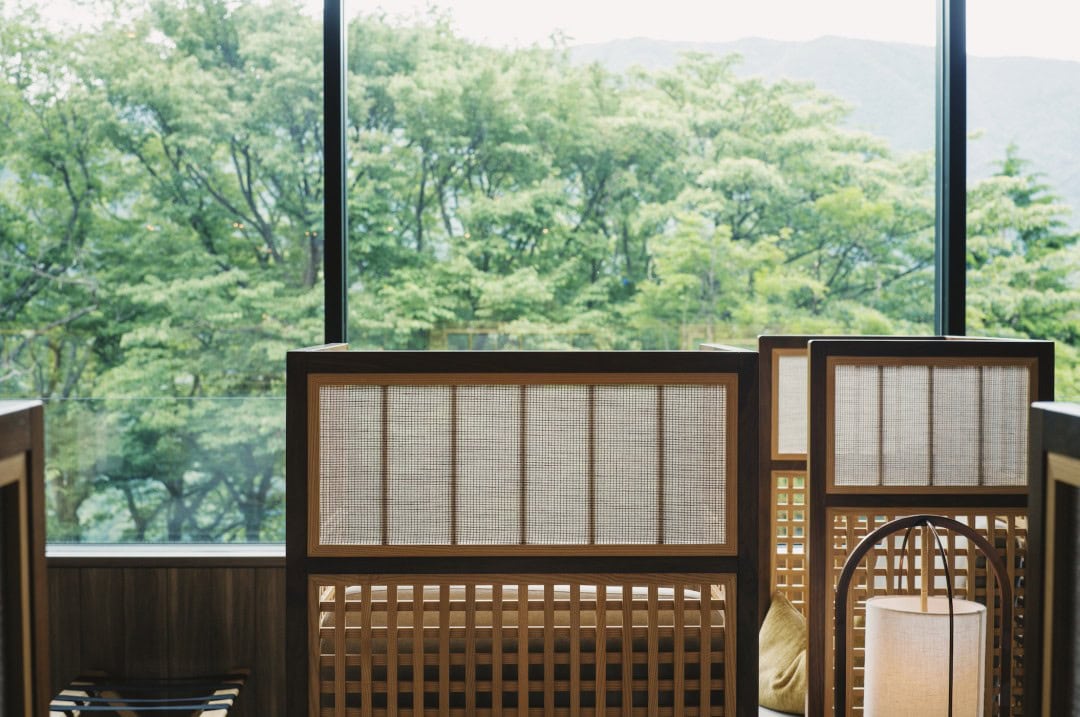
Here’s a look at the room I stayed in at Hakone Fukaku. Not bad, right?
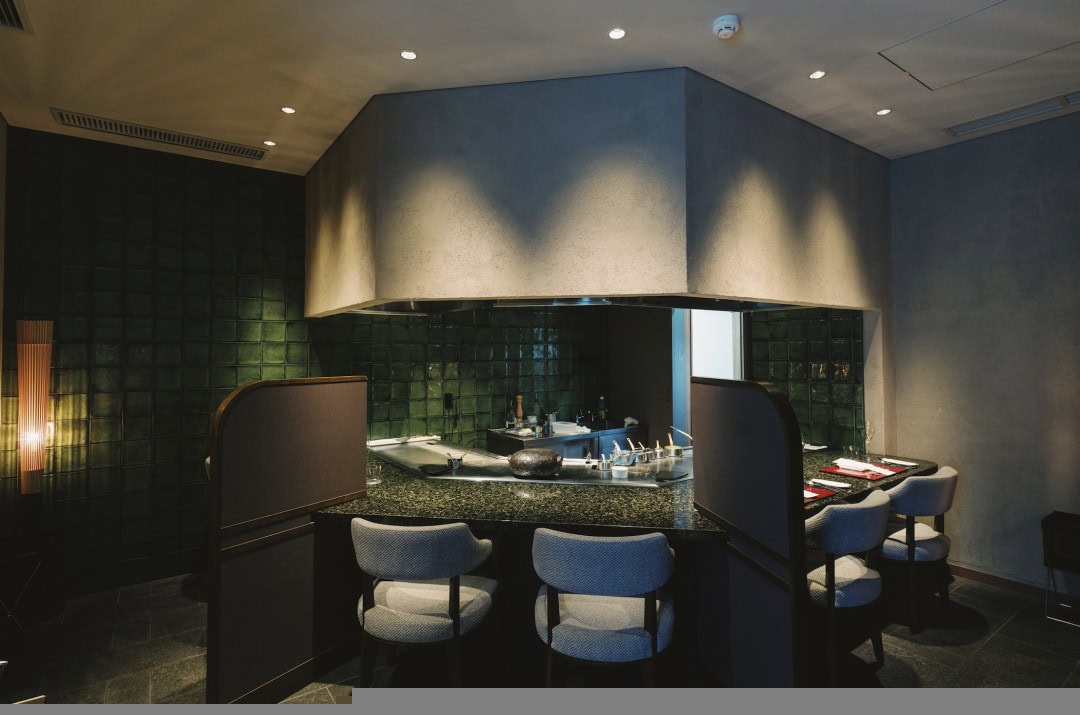
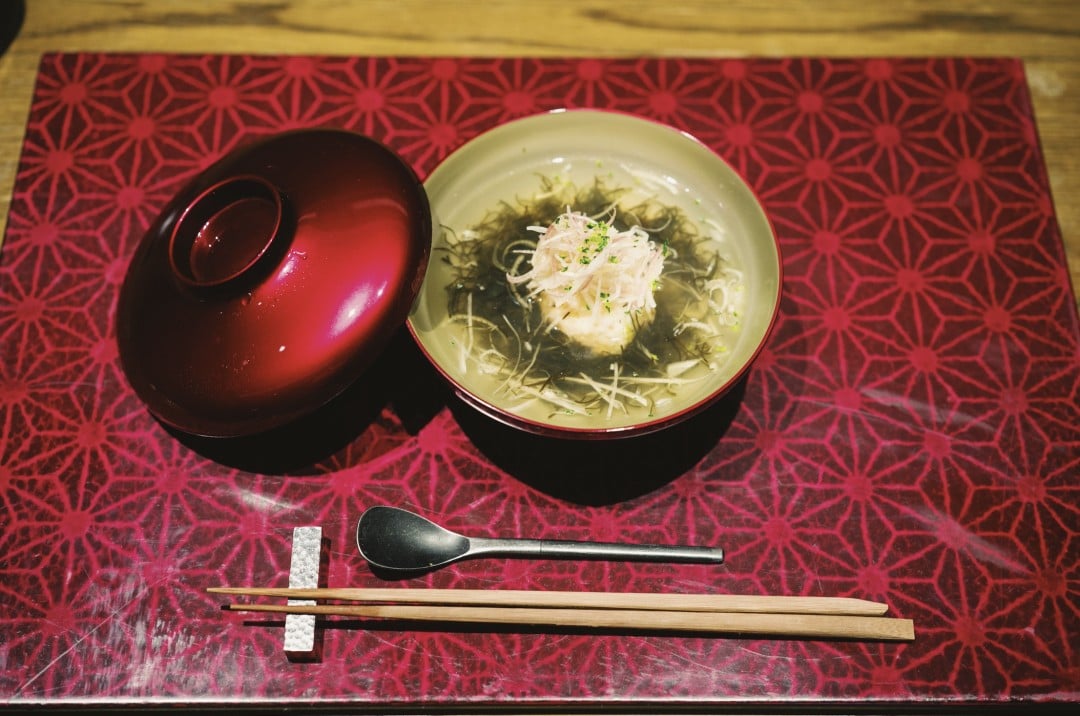

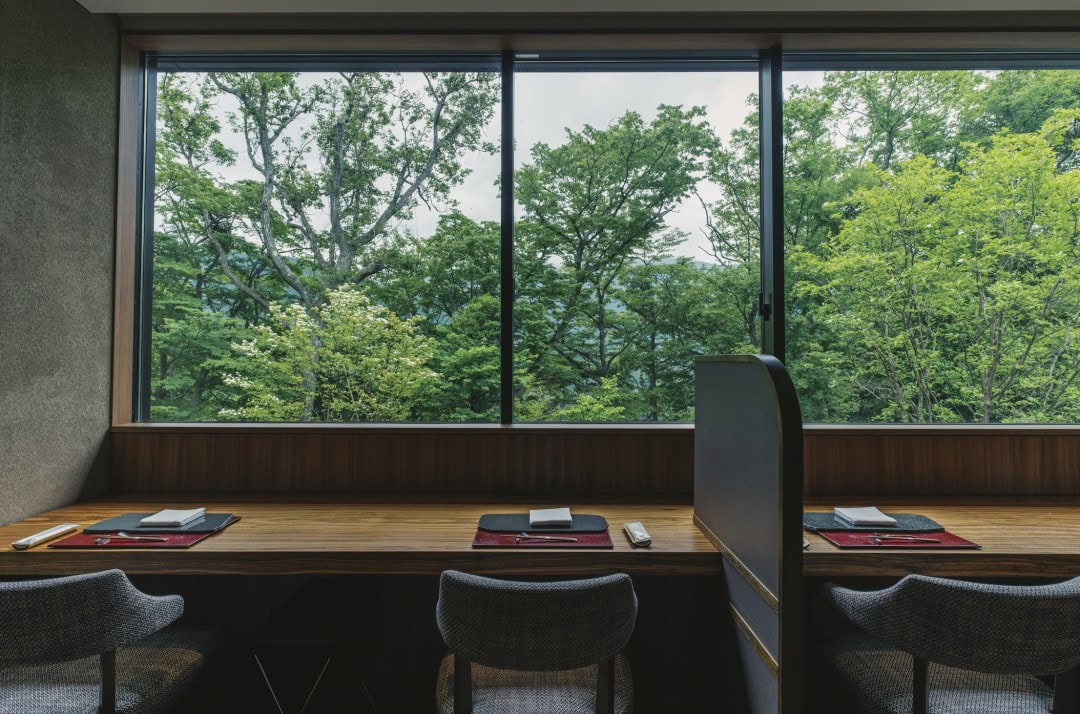
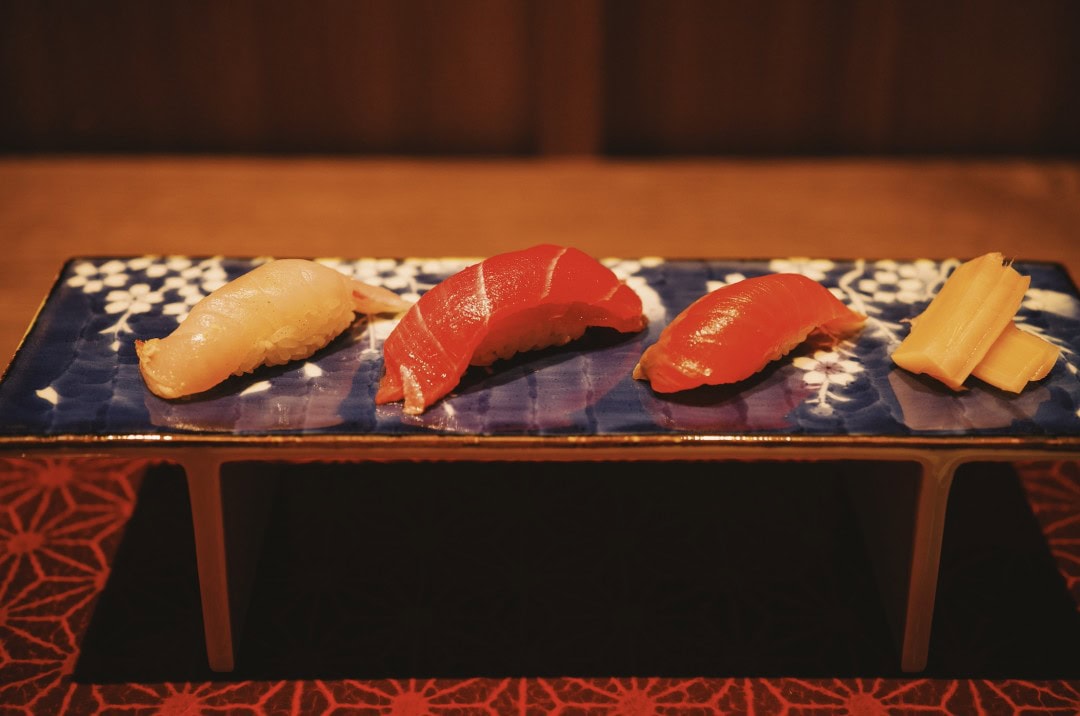
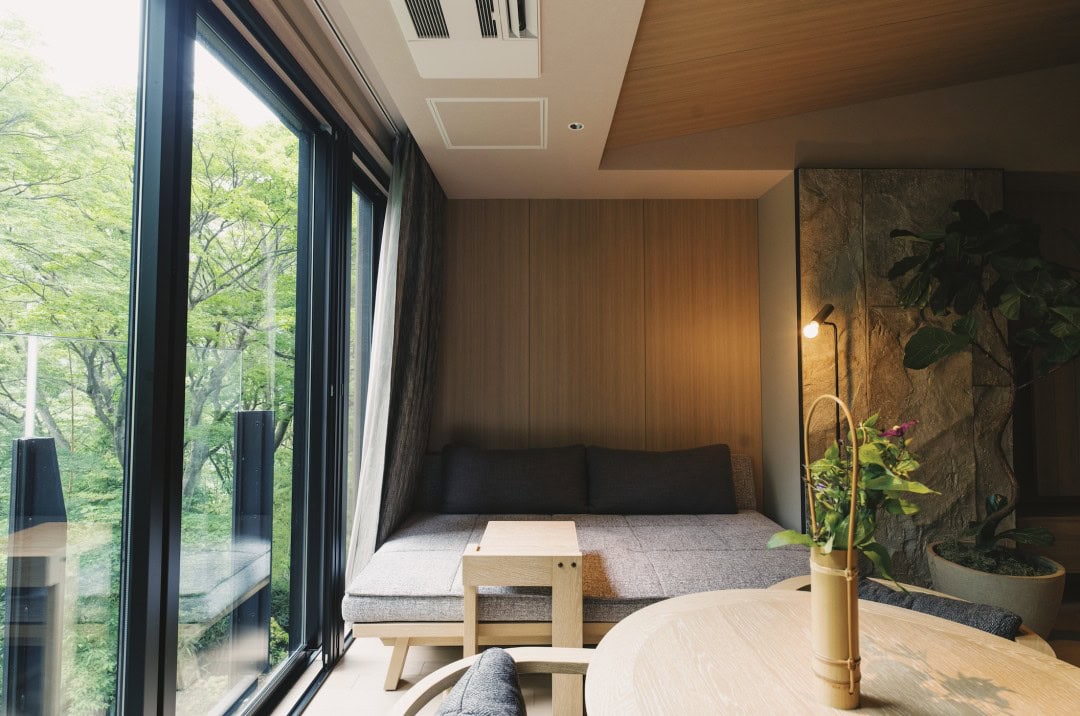
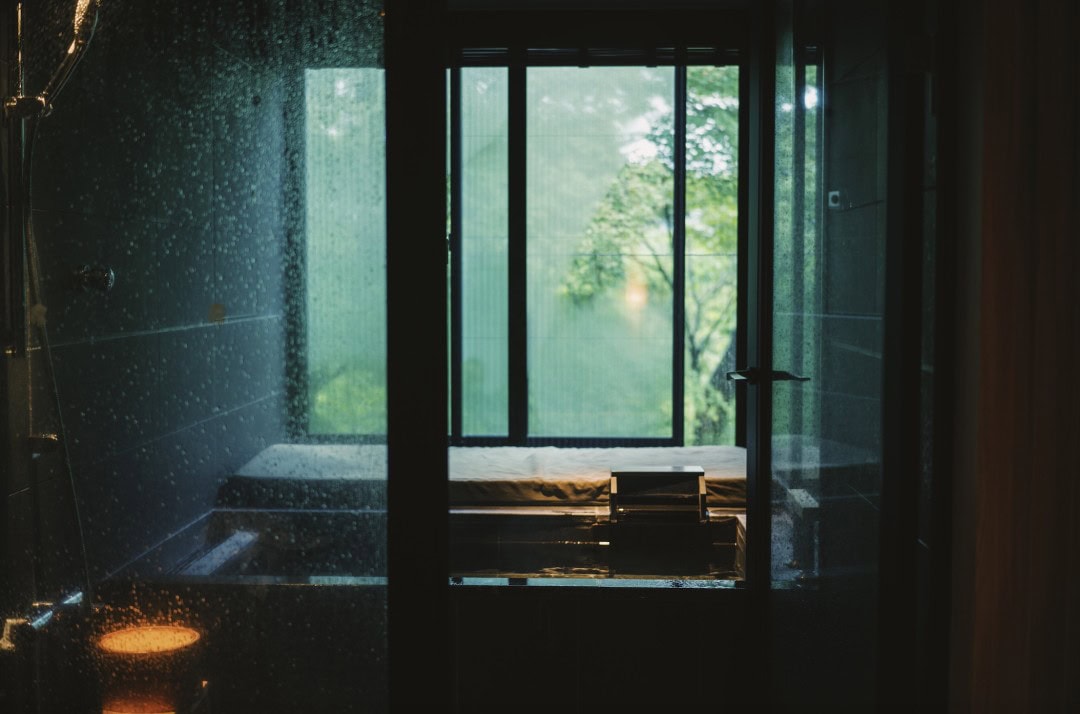
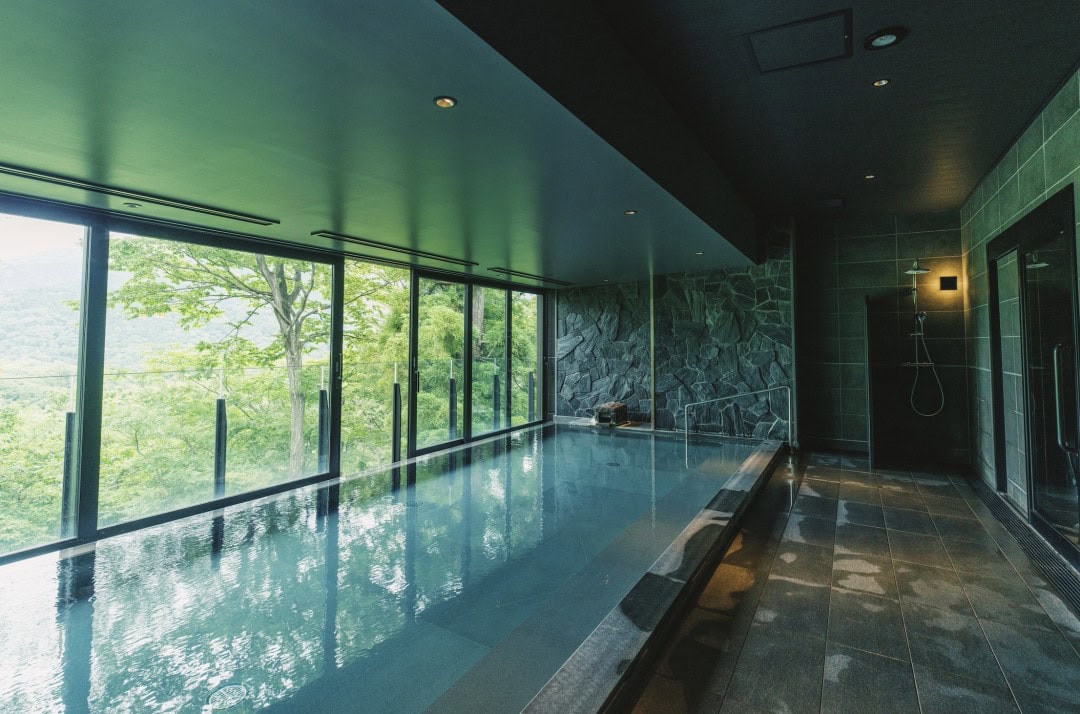
The design brings the pure beauty of Hakone’s natural scenery right to you. I visited in June, early summer, and the view from the room was filled with greenery. It was such a refreshing experience.
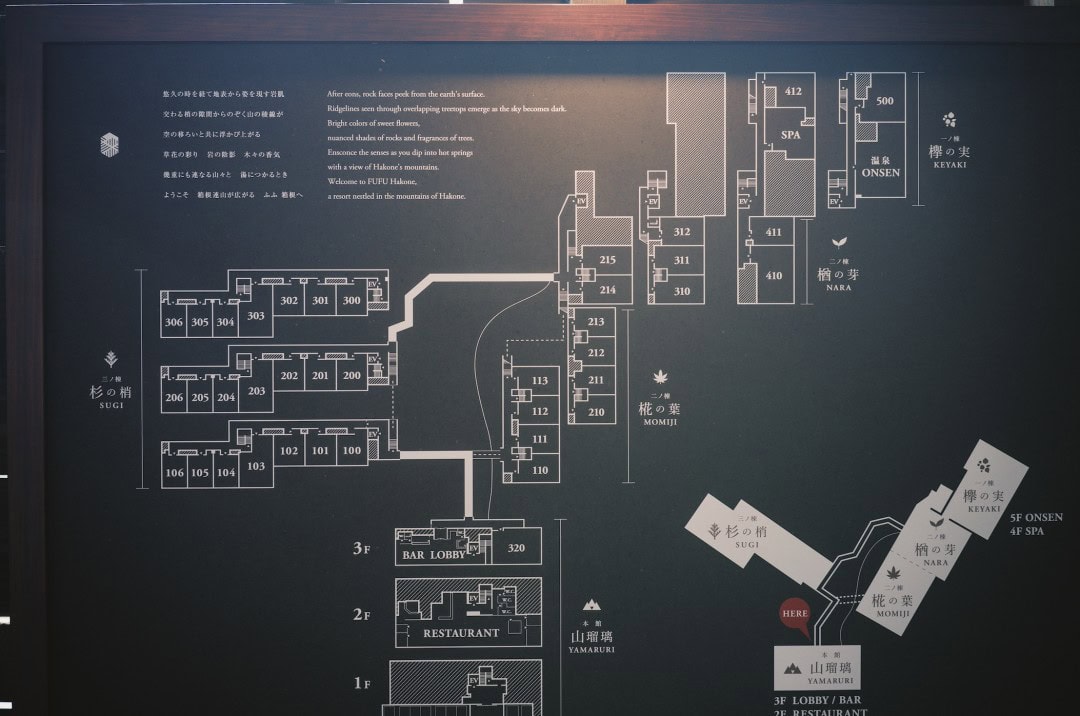
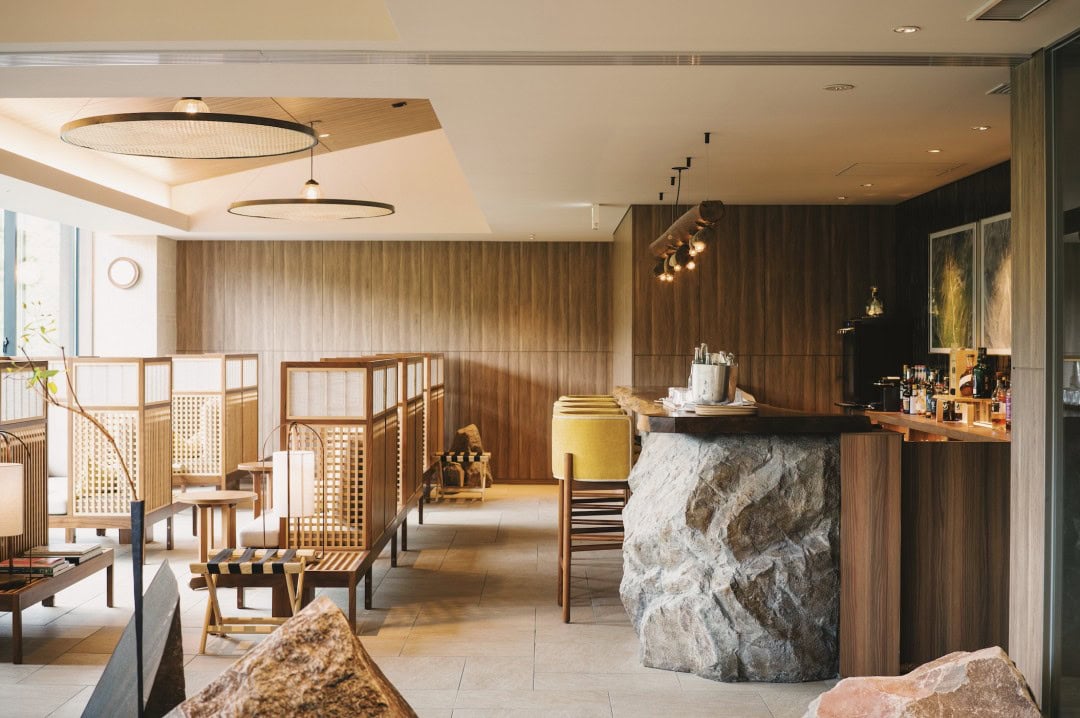
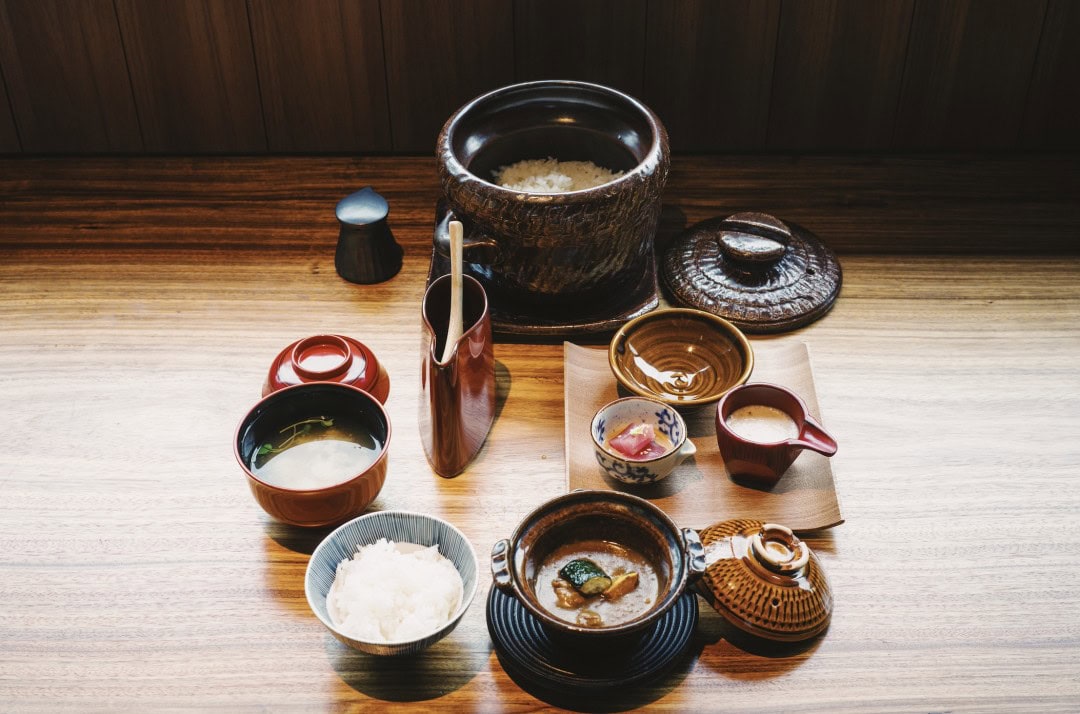
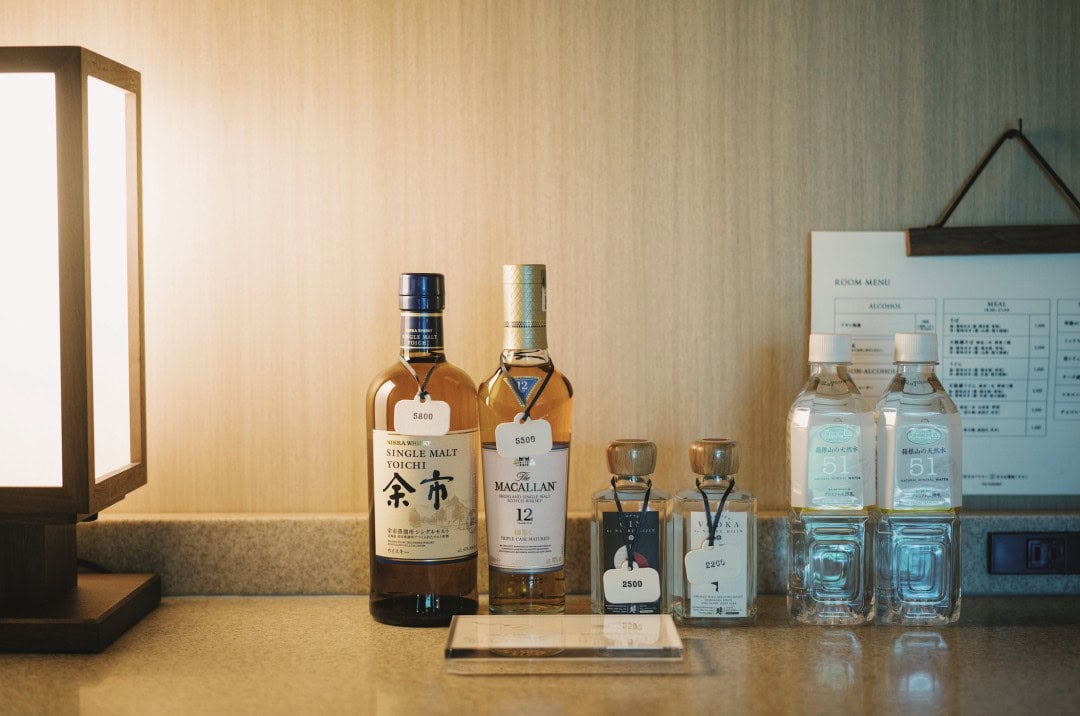
The skincare and hair care products provided are from the Japanese brand YOKOU.
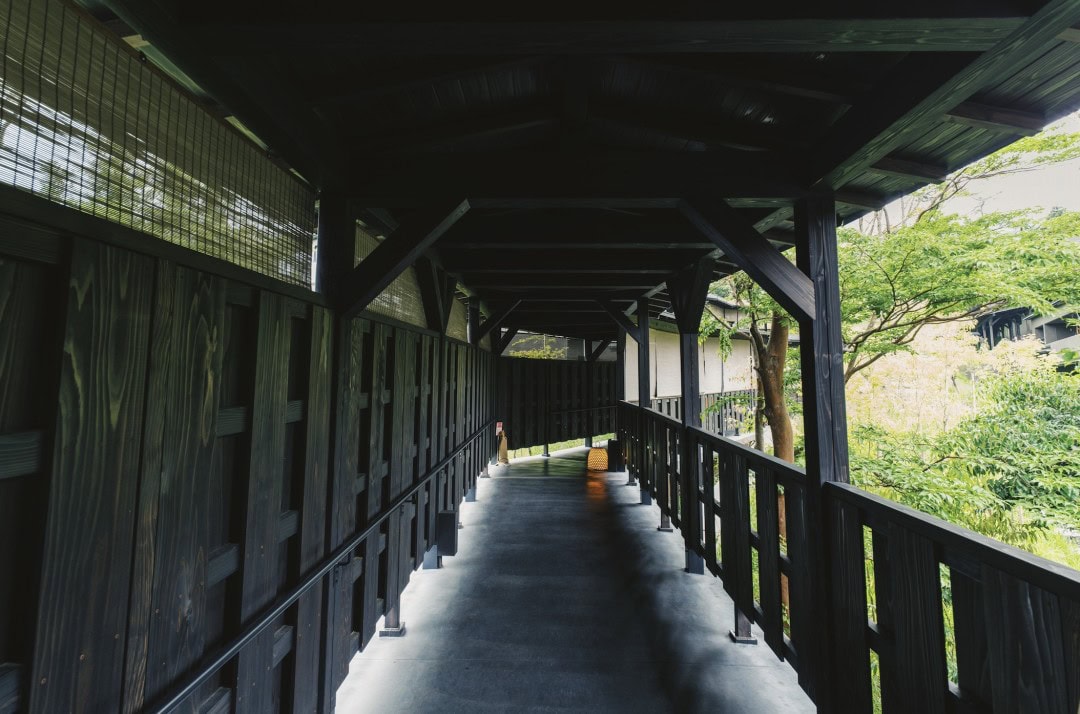
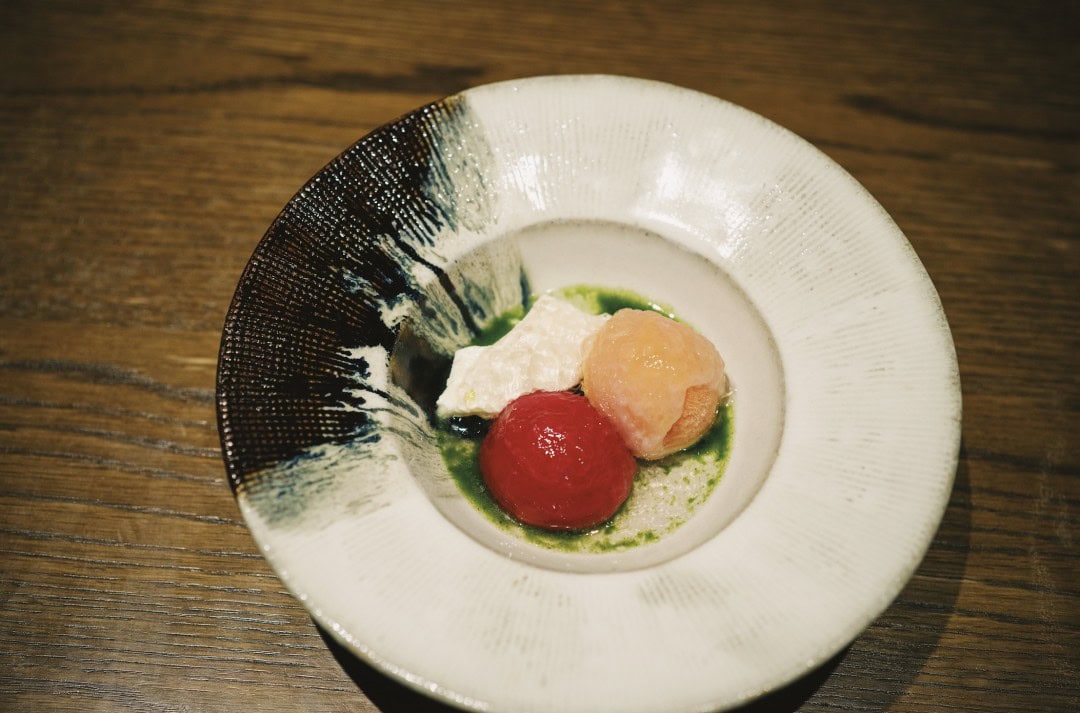
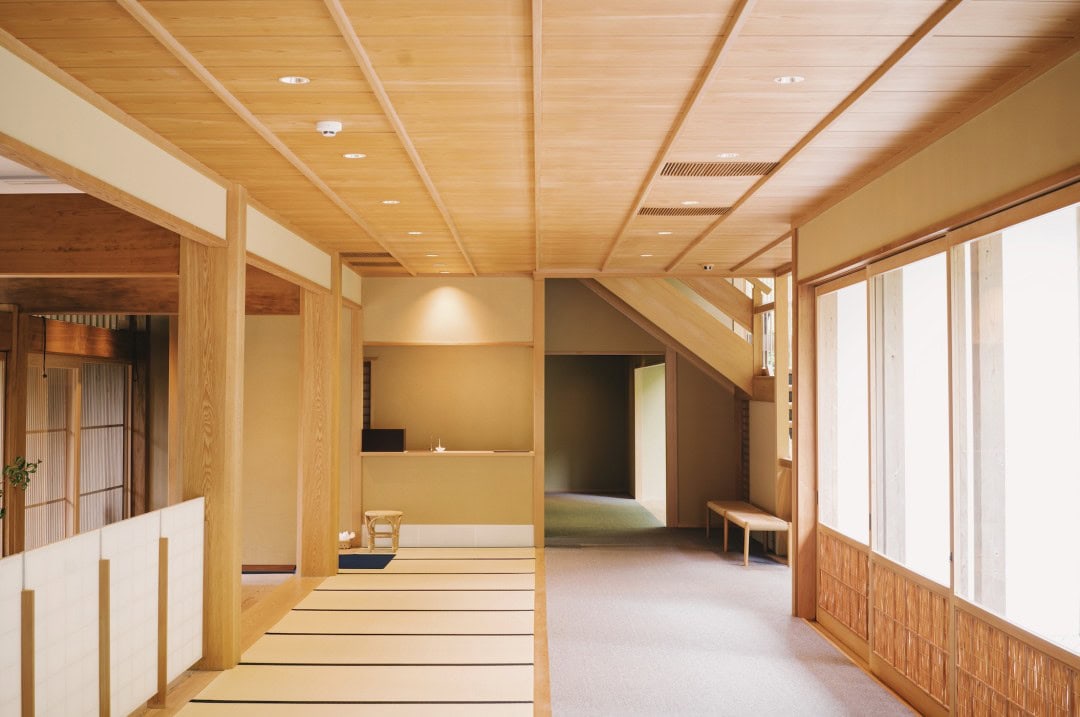
The mini-bar, except for the champagne, is free, and it includes craft beer.
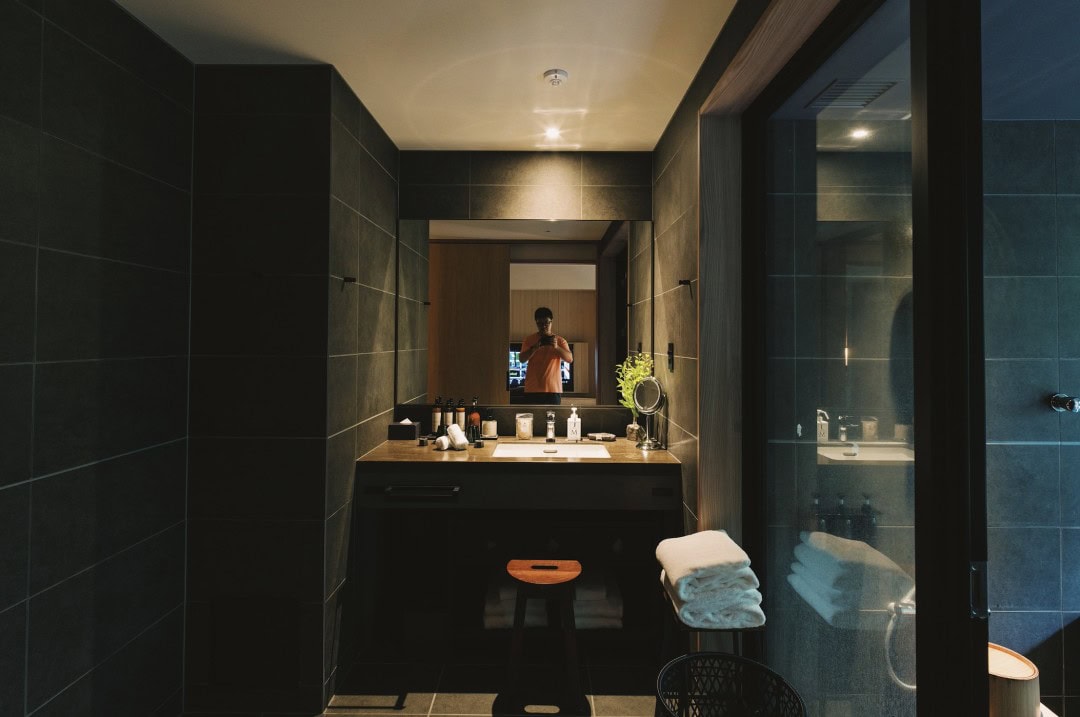
A quick note here: the service at Hakone Fukaku is excellent. When introducing the mini-bar to me, I mentioned that I don’t drink alcohol, and the housekeeper immediately replaced it with other beverages.
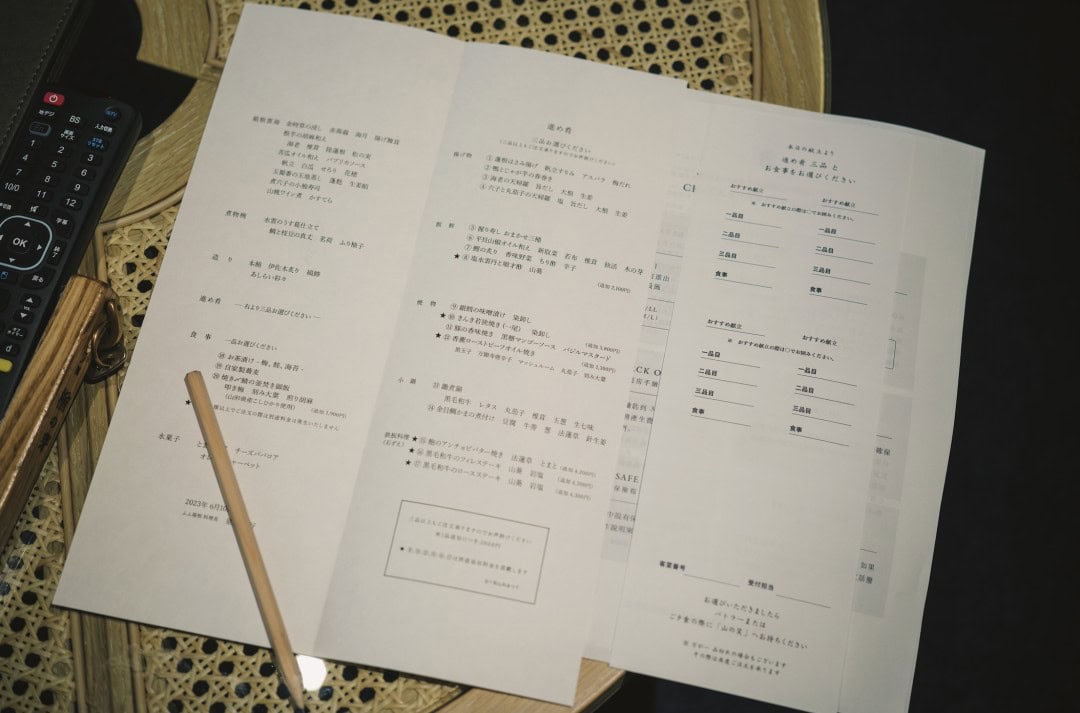
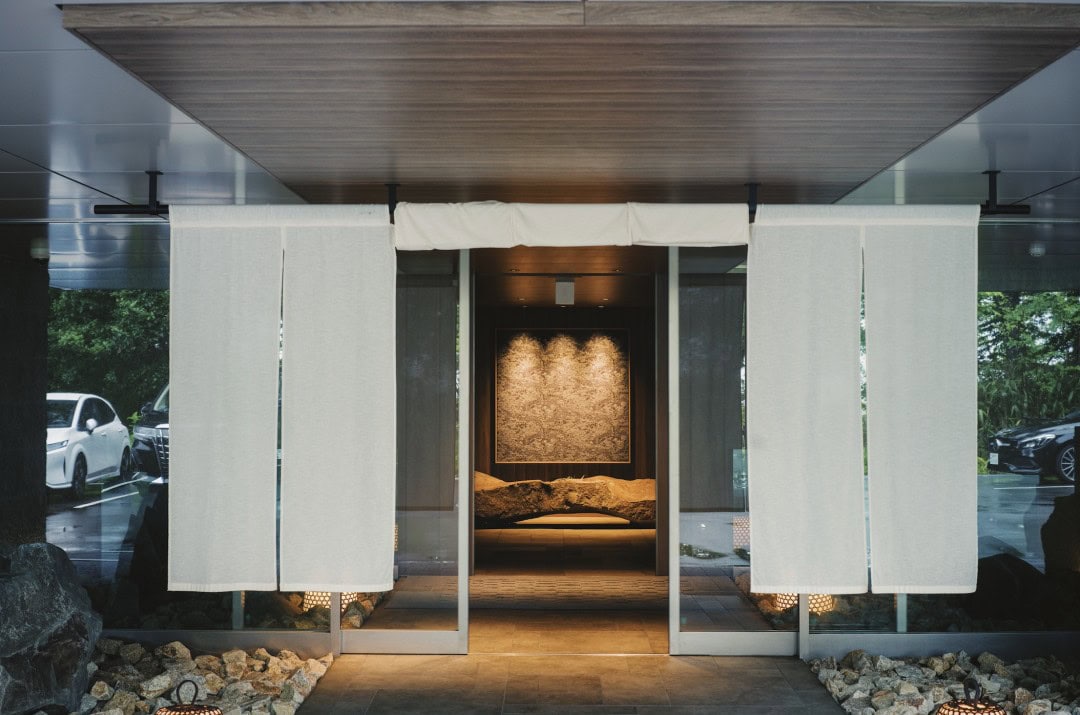
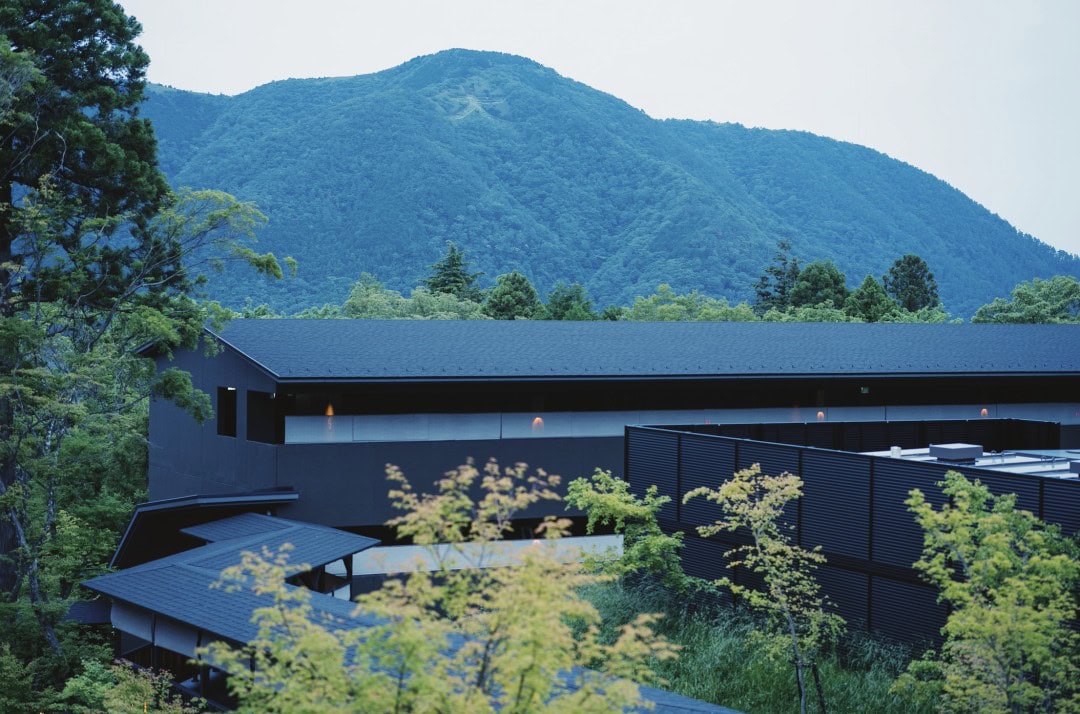
I’m not well-versed in Japanese whisky, but a friend remarked upon seeing the price of Yoichi whisky that it’s just one-third to one-half of the domestic price. She even asked me to buy some for her.
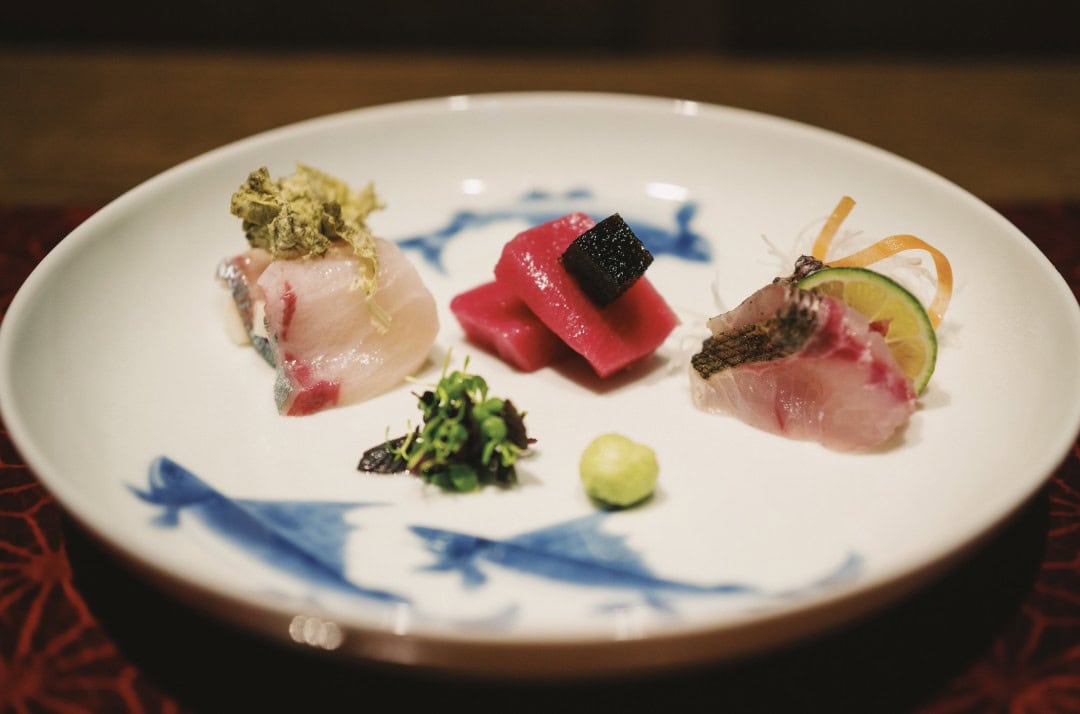
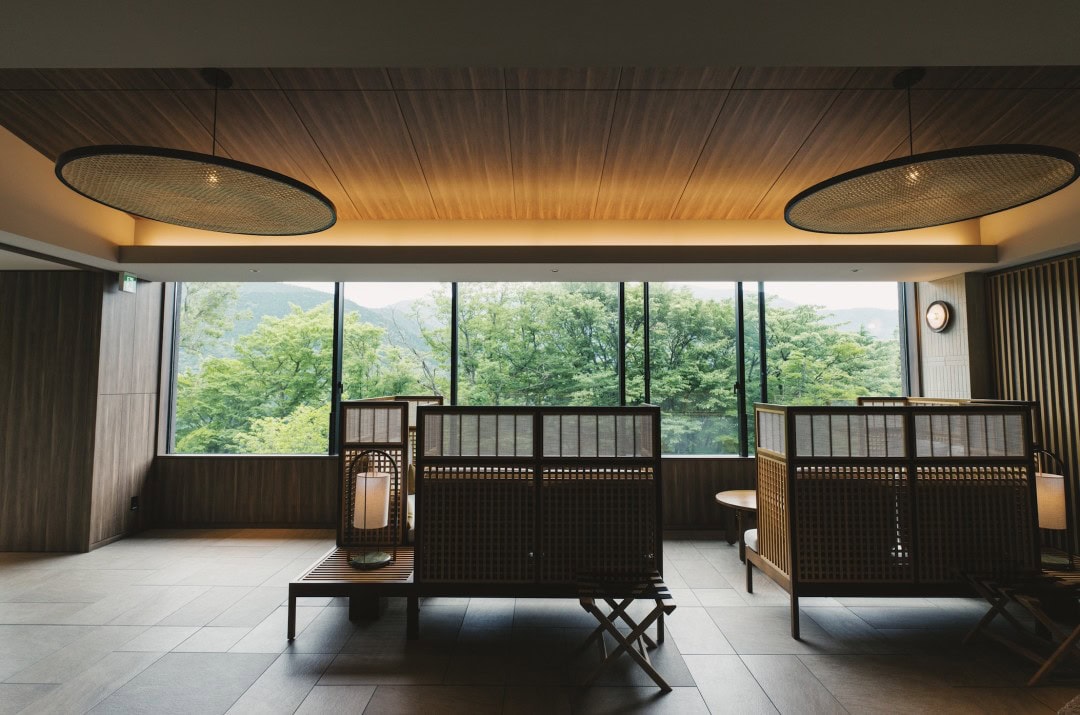
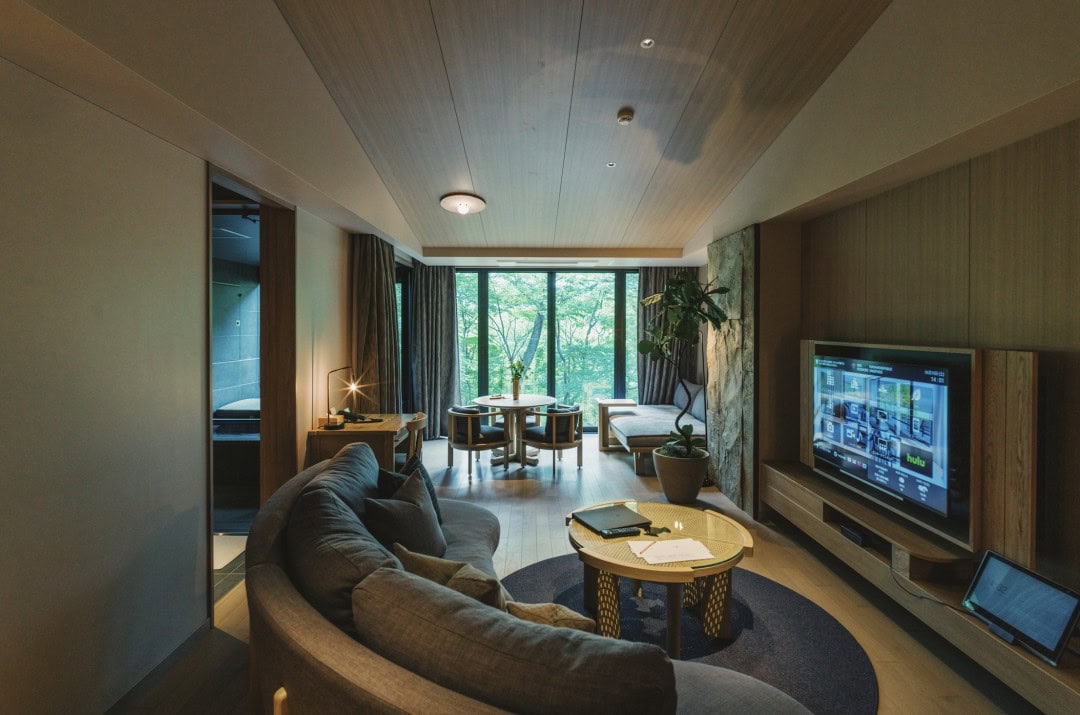
Onsen hotels usually offer a small treat since soaking in a hot spring can be physically taxing. Having a snack before the bath can prevent you from feeling faint.
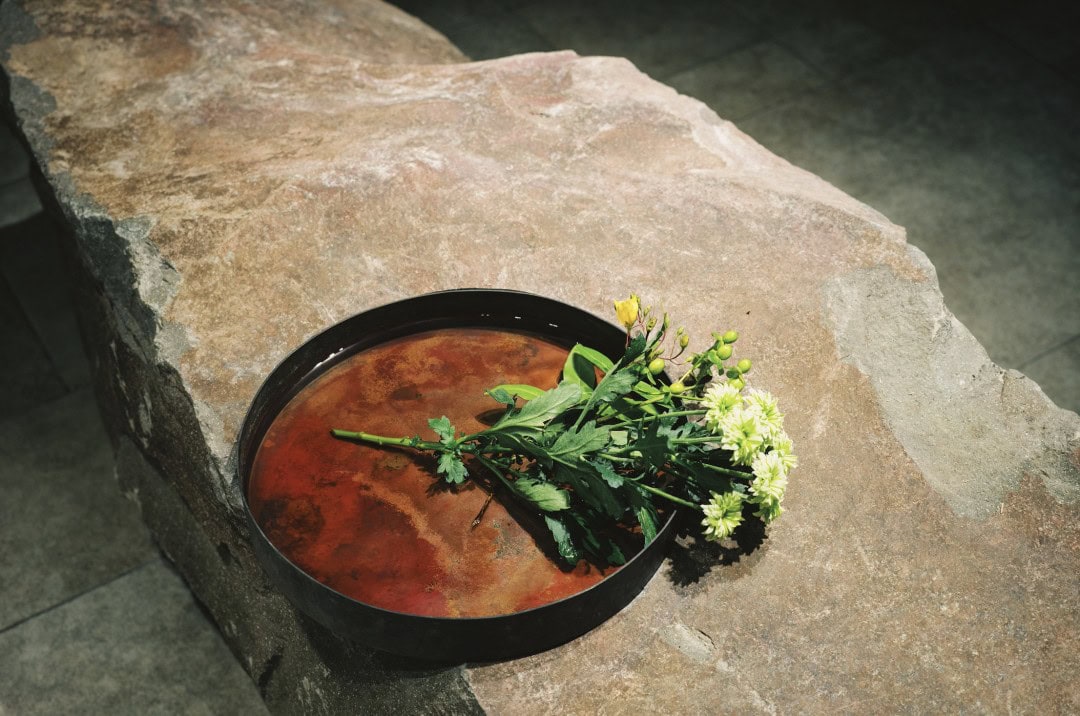
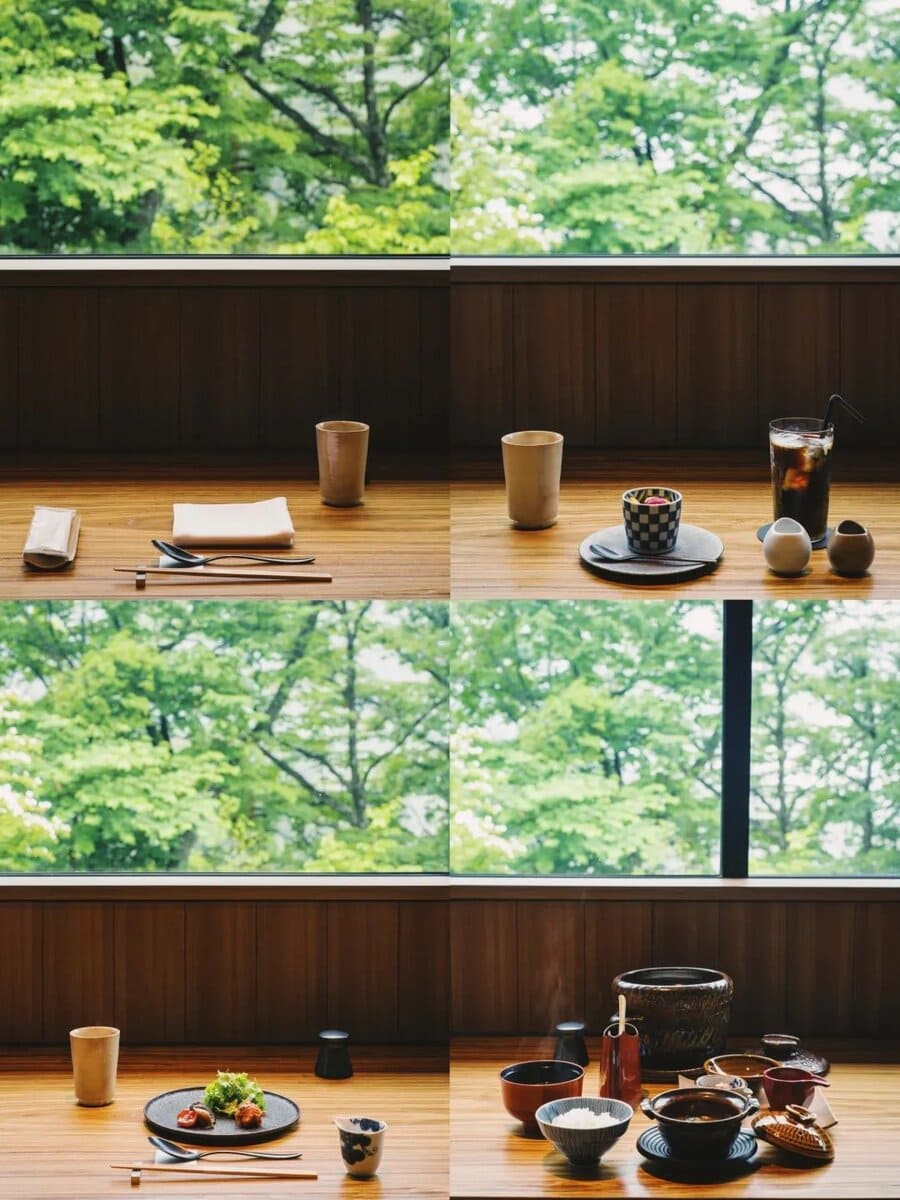
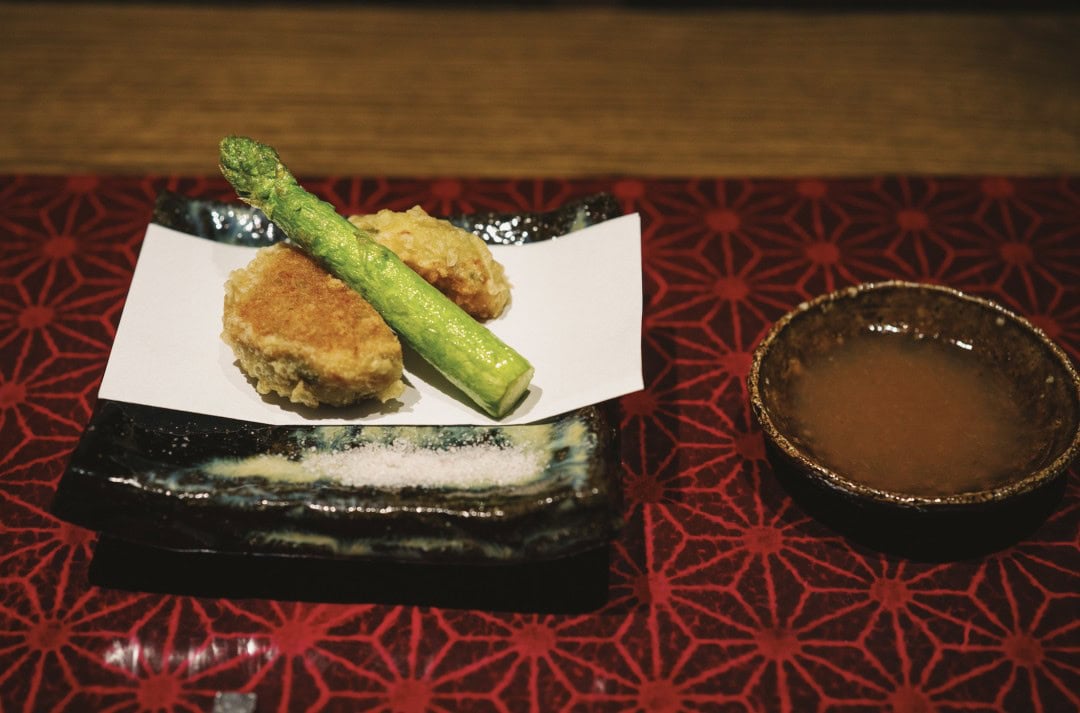
Hakone Fukaku is a Chinese-friendly hotel. Although the housekeepers might not speak Chinese, every crucial interaction (such as confirming dinner courses) is accompanied by written Chinese instructions.
The public onsen at Hakone Fukaku offers a stunning view of the Hakone mountain range.
The public bath features acidic water, which has excellent sterilizing, anti-inflammatory, and exfoliating effects. The private bath in the room, on the other hand, is alkaline and beneficial for the skin.
It’s quite rare for an onsen hotel to offer two different types of natural hot spring water.
According to Japanese bath culture, milk, beer, and popsicles are must-haves.
Let me introduce the public areas of Hakone Fukaku.
Hakone Fukaku is a new hotel with excellent hardware and a well-thought-out design. The hotel incorporates many rock elements because it is located in Gora, Hakone. The name “Gora” in Japanese implies that the rocks in this area are very hard.
Where there are rocks, there are usually plants, adding a touch of vibrancy to the ruggedness.
Hakone Fukaku consists of five buildings. Other than the onsen SPA, all public areas are in the main building, “Yamaruri,” which means “mountain azalea”—a beautiful name.
The hotel lobby features rows of booths facing the windows, offering a panoramic view of the Hakone mountain range.
Hakone’s summer festival includes fireworks and the “Daimonji” mountain bonfire, which can be seen perfectly from the hotel. Here’s a picture for you; you can still see the “大” (meaning “large”) character left on the mountain opposite from the bonfire.
The bar is integrated with the lobby. I particularly like the piece of art on the bar wall, created by the famous Japanese photographer Taiji Matsue. It features the themes of earth and rocks, showcasing the beauty of the landscape from the same angle but in different seasons.
Fufu Hakone emphasizes the concept of “the unity of the house and the garden” in its hotel design, ensuring that the house and the garden blend harmoniously.
The courtyards and houses are connected by long corridors, so even on rainy days, it is not an issue.
Next, let’s talk about the dining experience at Fufu Hakone.
Dining is definitely one of Fufu’s highlights. From its inception, this brand was designed with a dining standard of 20,000 yen per person.
The restaurant at Fufu Hakone is called Yama no Emi, offering kaiseki cuisine and Japanese teppanyaki. This arrangement is great for guests staying for two consecutive days, as they won’t have to repeat dishes.
Let me first show you the breakfast. It is a feast for the eyes, not only being aromatic and tantalizing but also encompassing a mindful experience.
The evening kaiseki meal is also distinct from others, with the main course (shusai) allowing you to choose three dishes from over ten options.
If you’re unsure about what to choose, don’t worry—you can opt for the chef’s recommended set.
Hassun
Wanmono
Sashimi
Shusai
The standard offering for the shusai is three portions, but I added a fourth for an additional 2,000 yen (mainly for the sake of savings). No exaggeration, among the numerous onsen inns, the dining experience at Fufu is consistently recommended by everyone.
There’s also the staple food and dessert.
After a full kaiseki meal, you’ll need to brace for support to leave!
Lastly, let’s discuss how to book at Fufu.
Here’s the valuable information!!! Make sure to save it.
For traditional Japanese inns, I still recommend booking through their official website. The biggest issue with domestic OTAs in booking Japanese inns is incomplete room types & packages and confusing policies for children.
Take Fufu for example: there are five different plans for children, with additional charges ranging from 1,650 yen to 16,500 yen. This level of detail is usually not available (or unwilling to be provided) on domestic OTAs.
Additionally, Fufu offers an early bird price if you book 30 days in advance.
Let me give an example from this year’s National Day at Hakone Fujiya Hotel: two people, two nights, one room with breakfast and dinner included, only 147,400 yen, which is about 7,469 RMB including tax.
For two people, two nights, one room with breakfast and dinner included, this is really, really affordable. And this is Hakone Fujiya Hotel, during the National Day holiday.
Let me share a secret with everyone: if you book directly on Fujiya’s official website, you don’t need to prepay or provide a credit card guarantee. You can just pay when you arrive.
However, I must emphasize again and again, honesty is paramount! Honesty is paramount! Honesty is paramount! Please do not no-show, and if you can’t go, cancel in advance. Otherwise, they might change the booking policy on their official website, and ultimately everyone will be affected.
I’ll write a guide to Hakone another day, as I am currently in Hakone. The hydrangea season in Hakone is really beautiful.

